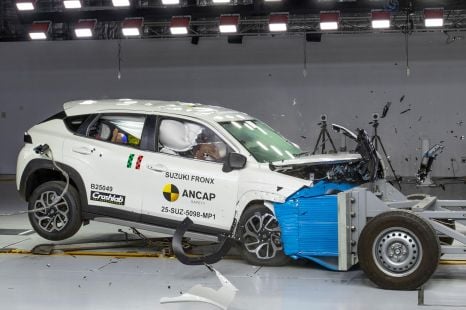

Damion Smy
Suzuki Fronx scores one-star ANCAP rating after seatbelt failure
7 Hours Ago
The dog-eat-dog world of making cars means most of the biggest carmakers have long and chequered ownership histories.

Journalist


Journalist
There are more than 50 automotive brands plying their trade in Australia, but they’re owned by just 25 companies.
The table below summarises as neatly as possible which company owns which in the global automotive world. Because the corporate sands are always shifting, we’ve also compiled short ownership histories of the brands and automakers operating in Australia today.
While on the surface that sounds as boring as filling out your tax forms, there are more than a few stories of corporate intrigue and skullduggery.
| Active Brands | |
|---|---|
| Toyota | Daihatsu, Toyota, Lexus |
| Volkswagen | Seat, Skoda, Volkswagen, Audi, Porsche, Bentley, Lamborghini, Bugatti |
| Renault | Lada, Dacia, Renault, Alpine, Nissan (44 per cent, see below) |
| Nissan | Datsun, Mitsubishi, Nissan, Infiniti |
| GM | Chevrolet, Buick, GMC, Cadillac, (Wuling, Baojun with SAIC) |
| Ford | Ford, Lincoln |
| Honda | Honda, Acura |
| SAIC | MG, Roewe, LDV/Maxus, (Wuling, Baojun with GM) |
| Geely | Geely, Volvo, Polestar, Lynk & Co, LEVC, Proton (51 per cent), Lotus (49 per cent), Smart (50 per cent) |
| Daimler | Mercedes-Benz, Smart (50 per cent with Geely) |
| Hyundai | Kia, Hyundai, Genesis |
| BMW | Mini, BMW, Rolls-Royce |
| Tata | Tata, Jaguar, Land Rover |
| FiatChrysler | Lancia, Fiat, Chrysler, Dodge, Ram, Jeep, Alfa Romeo, Maserati |
| GroupePSA | Citroen, Peugeot, Opel, Vauxhall, DS |
| Mahindra | Mahindra, SsangYong (for now) |
| (Independent) | McLaren, Ferrari, Mazda, Isuzu, Subaru, Aston Martin, Suzuki, Morgan, Tesla |
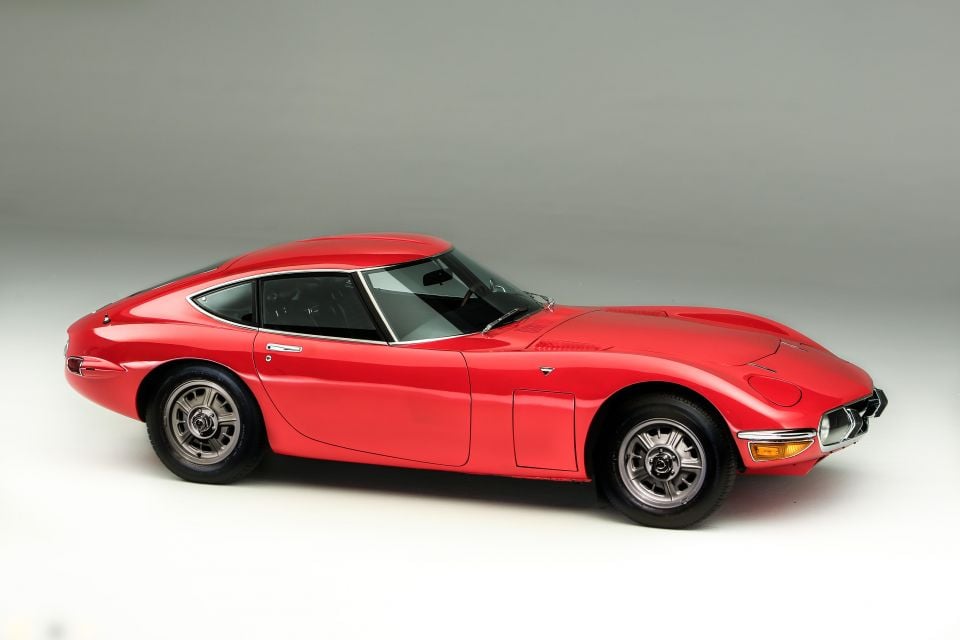
Car brands: Toyota, Lexus, Daihatsu Truck brand: Hino
Over the past decade, Toyota has consistently being vying for the title of the world’s best-selling automaker. Unlike its competitors, it only has two brands that are available globally.
At the insistence of Kiichiro Toyoda, son of the founder of Toyoda Automatic Loom Works, the loom company began making cars in 1933. Toyota Motor Corporation was spun off in 1937.
To this day, the Toyoda family remains active in the running of Toyota’s various companies. Akio Toyoda became president of Toyota Motor Corporation in 2009.
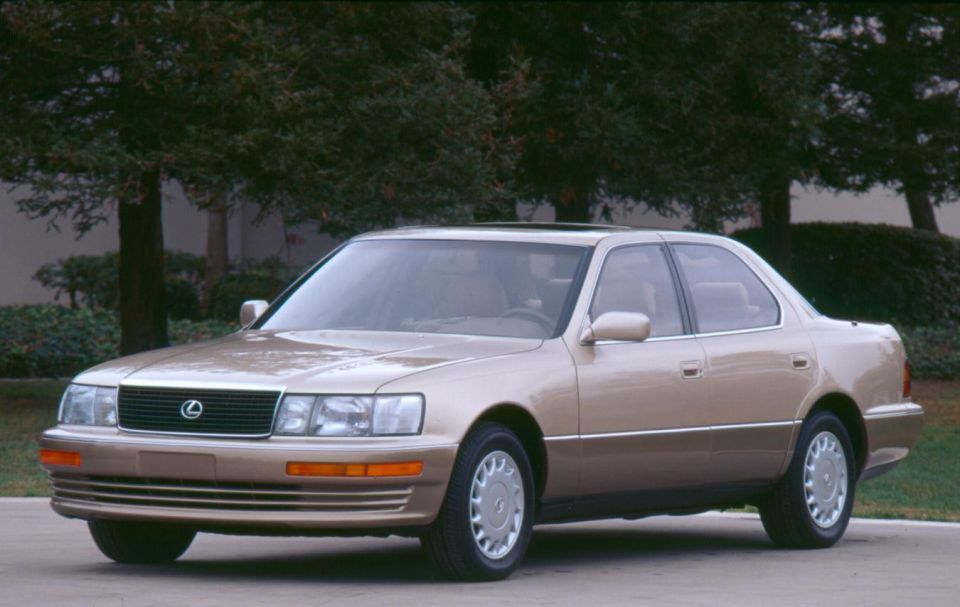
Launched in 1989 with the ground-breaking LS sedan, the luxury marque predominantly relied on reworked Japanese-market Toyota models at launch.
It wasn’t until Lexus launched in Japan in 2005 this practice largely stopped, although the recent LM people mover – a super-luxe version of the Toyota Alphard/Vellfire – is an exception.
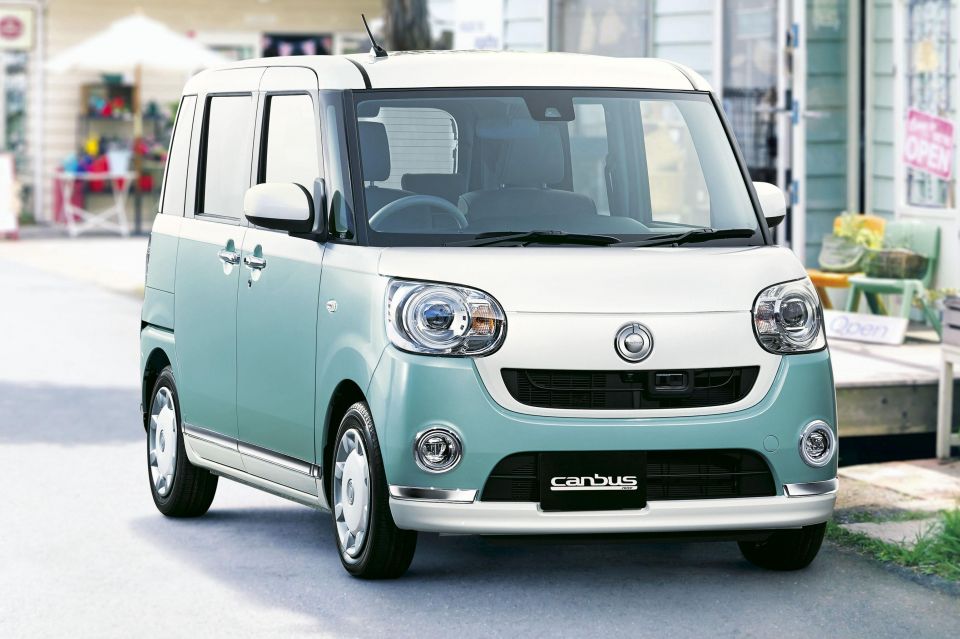
Daihatsu traces its history back to the 1907 establishment of Hatsudoki Seizo, a firm specialising in engines for power generation and trains.
Renamed in 1951, the company made its first vehicle in 1957: a three-wheel truck. Toyota took its first stake in the firm a decade later, beginning an era of cooperation between the two automakers.
It wasn’t until 1995 that Toyota bought a controlling stake in Daihatsu, though. It took full control in 2016.
Although the company left Australia in 2006, it has a strong presence in Japan thanks to its extensive range of kei cars and city-friendly vehicles. It’s also big in Indonesia, where its small cars and people mover range are incredibly popular.
Daihatsu is responsible for engineering kei cars and some smaller vehicles, such as the Raize crossover and Copen convertible, which are then also sold with styling changes as Toyotas.
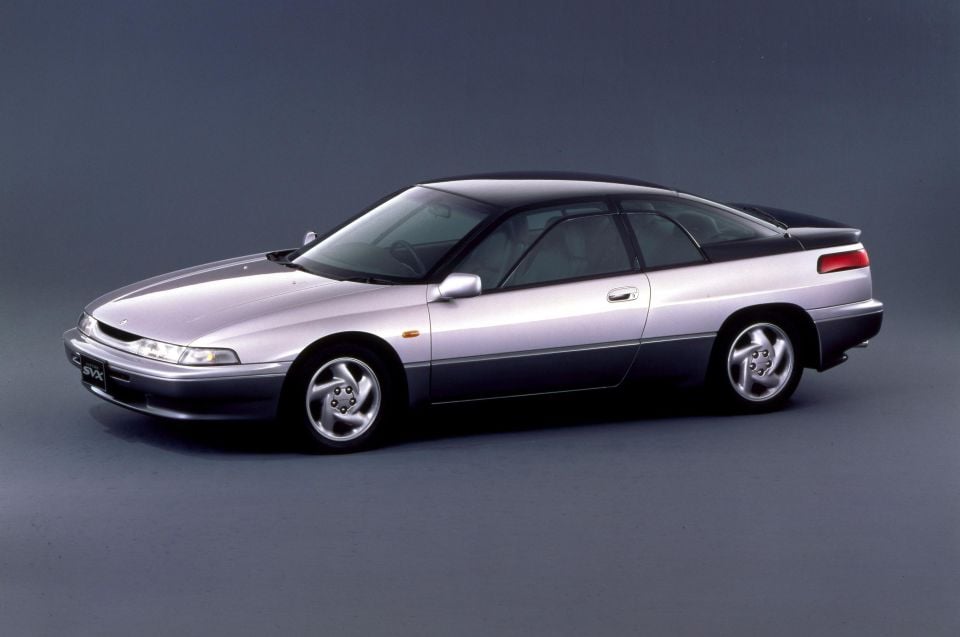
Daihatsu aside, Toyota really hasn’t dabbled much in the world of mergers and acquisitions. Over the past decade, though, it has been expanding its sphere of influence over Japan’s pool of independent automakers.
Toyota currently owns slightly less than 17 per cent of Subaru and the two collaborate on a number of projects, including sports cars and a dedicated electric platform. Subaru has also stopped developing its own kei cars, rebadging Daihatsu models instead.
Toyota wasn’t Subaru’s first corporate partner. In the late ’60s, the Japanese government was keen to consolidate the auto industry, which led to Nissan purchasing around 20 per cent of Subaru.
Its shareholding lasted until 1999 when Renault bailed out a failing Nissan, which sold its stake to General Motors.
This lead to the Impreza WRX wagon being reanimated as the Saab 9-2X, and the two firms collaborating on the Tribeca and 9-6X. The latter never saw the light of day due to GM’s bankruptcy, although the Saabaru did form the basis of a facelift to rid the Tribeca of its polarising looks.
The General’s entry into Chapter 11 bankruptcy saw it shed a bunch of brands, which we’ve covered in our walkthrough of brands GM has axed over the years. It also offloaded its stake in Subaru. Some of this was bought by Toyota.

Between 1981 and 2008, GM held a stake of between three and 10 per cent in Suzuki. Suzuki helped to bolster GM’s range with the Vitara rebranded as the Geo Tracker, the Wagon R+ and Splash sold in Europe as the Vauxhall Agila, and the Swift marketed as the Geo Metro and Holden Barina.
With Suzuki participating in GM’s rescue of Daewoo in the early 2000s some product also flowed the other way, with Suzuki selling rebadged Daewoos in the USA.
In 2009 Volkswagen purchased 19.9 per cent of the Suzuki, but this partnership fell apart in spectacular fashion. Suzuki ended up taking the German automaker to the International Court of Arbitration to buy back those shares.
Suzuki accused Volkswagen of withholding hybrid technology and haboured suspicions about the German firm’s long-term intent, while Volkswagen was aggrieved Suzuki used Fiat diesels in its SX4 crossover.
While the court found in favour of Volkswagen in 2015, it ordered the German firm to offload its stake in Suzuki.
In the end, Suzuki never realised its dream of being Volkswagen’s city car development centre. Volkswagen’s long-held ambition at cracking the code for low-cost manufacturing and using rebadged cars to tackle the Indian market, which Suzuki dominates, ended without a single vehicle rolling off the manufacturing line.
In 2019, Toyota purchased nearly five per cent of Suzuki, giving Suzuki its long sought after access to hybrid technology.
Rebadged models also feature highly in this alliance, with Suzuki’s European range expanded with the Across (RAV4 Hybrid) and Swace (Corolla wagon hybrid), while Toyota’s Indian range now has gained the Glanza (Baleno) and Urban Cruiser (Vitara Brezza).
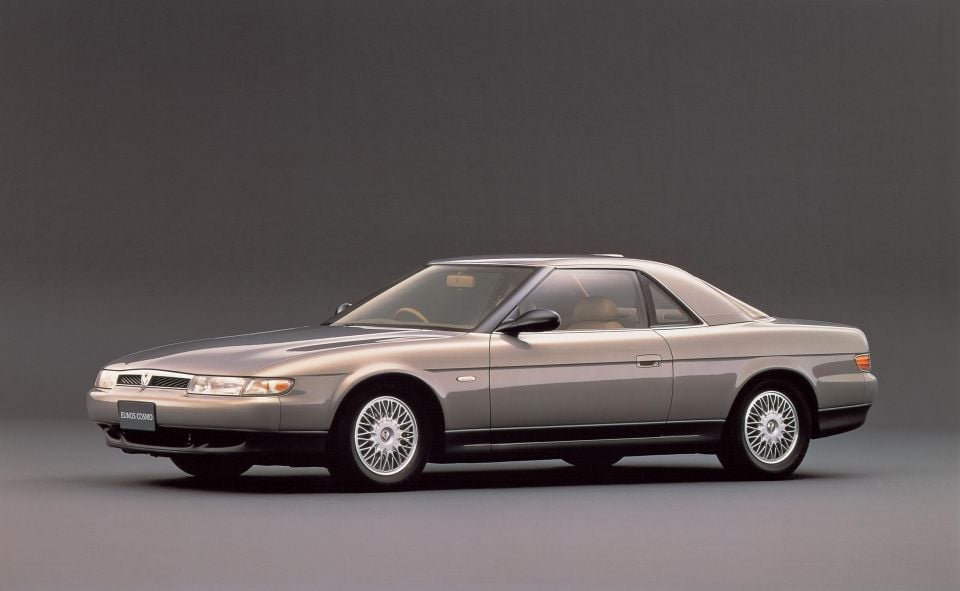
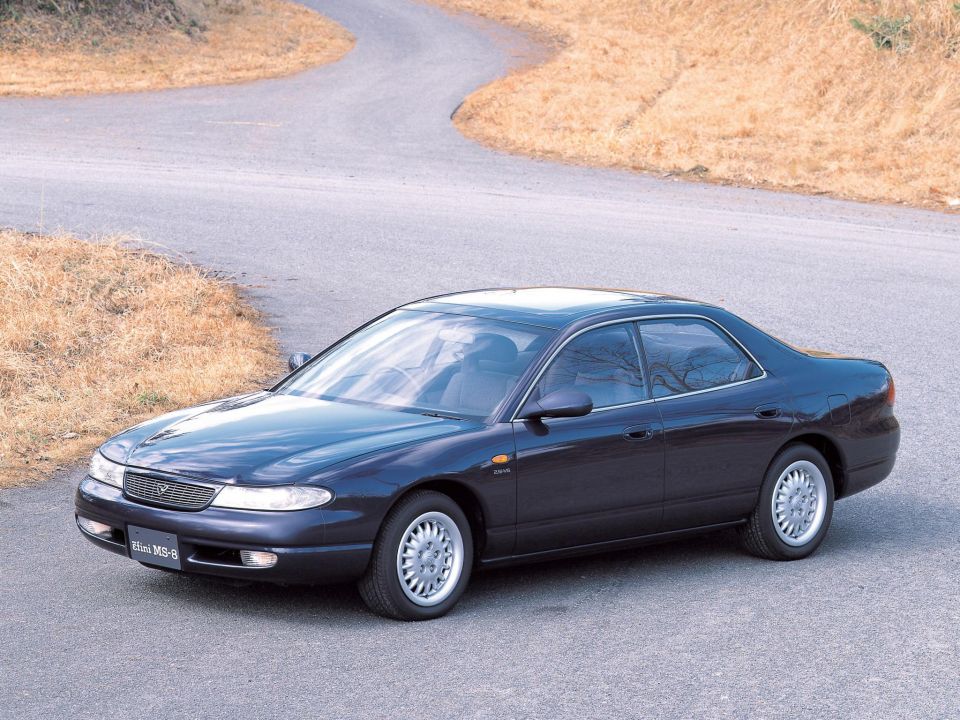
In the 1960s, Mazda ran into trouble and Ford purchased over 20 per cent of the firm.
With Mazda staring into the financial abyss after trying to outdo Toyota with a clutch of new brands during the 1990s bubble economy (Autozam, Efini, and Eunos), this was increased to a controlling 34 per cent stake.
Over the years the two firms collaborated on many vehicles, most famous of which were the 323/Laser, 626/Telstar, MX-6/Probe, and Tribute/Escape.
In the late 2000s, Ford managed to stave off bankruptcy by selling its Premier Automotive Group and stake in Mazda. Despite this, the two firms continued to work together on the Ranger and BT-50 utes.
This partnership ended in 2017 when Mazda switched its ute affiliation to Isuzu.
Mazda and Toyota in 2015 started a “long-lasting partnership” – but it wasn’t until 2017 Toyota bought just over five per cent in Mazda.
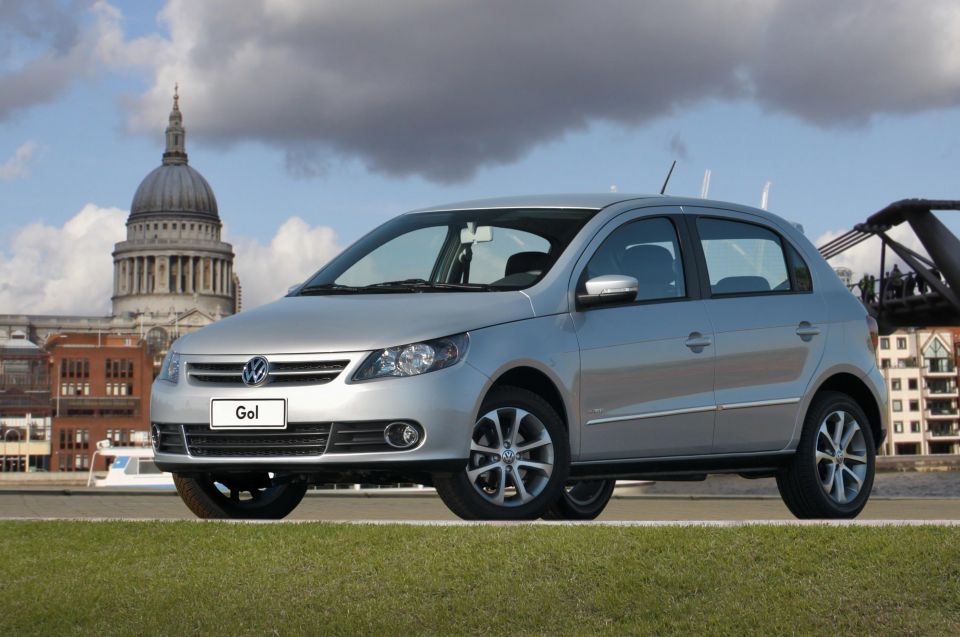
Car brands: Volkswagen, Seat, Skoda, Audi, Porsche, Bentley, Lamborghini, Bugatti Truck and bike brands: Scania, Man, Ducati
The company was established in 1937 by the Nazi government to produce the affordable KdF-wagen or Strength Through Joy Car for the masses, designed by Ferdinand Porsche.
When World War II started, Volkswagen shifted to making military vehicles on the KdF-wagen’s platform. In 1988, the company admitted it had used slave labour from a nearby concentration camp during those years.
Thanks to indifference from foreign car companies – which declined to buy the company and its beetle-like car – and the work of British Major Ivan Hirst, Volkswagen became a viable business.
Initially a state-owned firm, Volkswagen was privatised in 1960 with the German state of Lower Saxony where it’s headquartered, retaining a 20.2 per cent stake.
A special Volkswagen law stipulating an 80 per cent threshold for shareholder votes effectively gives Lower Saxony a veto on board appointments and major decisions.
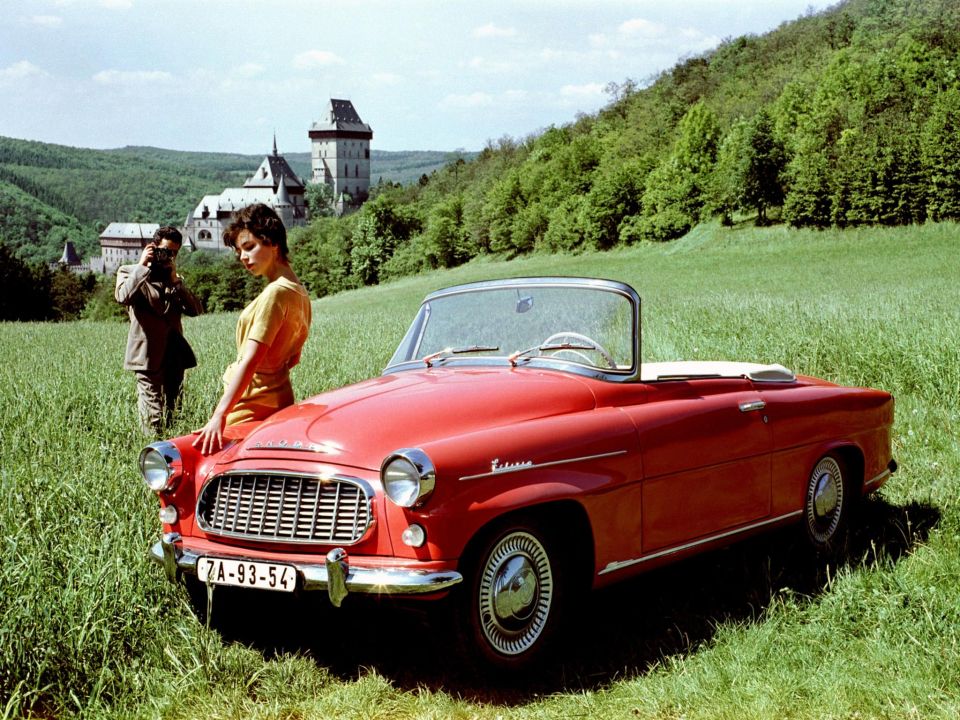
Skoda Works was founded in 1859 as a weapons manufacturer and military technology company.
In 1925 it bought Laurin & Klement, a carmaker which started in 1894 as a bicycle repair shop and later manufacturer.
After the World War II, Skoda was part of Czechoslovakia’s planned communist economy. Despite gradually falling behind the times in terms of engineering, the company had some of the most appealing vehicles in the Eastern Bloc and remained successful in the rallying scene until the 1980s.
In 1990, after the fall of communism, Volkswagen beat Renault in the race to purchase a stake in Skoda. The company’s bid won over the authorities due to its larger investment and the possibility of a long-term future for the brand.
By the mid-1990s, the German firm had taken a majority stake and was pitching the marque as a more cost effective alternative to Volkswagen. Volkswagen took full control of the Czech company in 2000.

The Spanish government founded Seat in 1950, and it relied on Fiat designs until the early 1980s when the two parties fell out.
Although there was interest from Japanese manufacturers, including Toyota, Nissan, and Mitsubishi, Volkswagen won the courtship dance with the Spanish government in 1982.
Volkswagen’s investment into Seat gave the German firm an entry way into the previously tightly-restricted Spanish market, and a lower-cost manufacturing base for its mass-market brands.
Volkswagen bought a majority stake in 1986, and finally took over the company completely in 1990.
Like Skoda after it, Seat sits below Volkswagen in its brand hierarchy. There have been on-and-off attempts to pitch it as sportier mainstream brand and a Spanish Alfa Romeo.
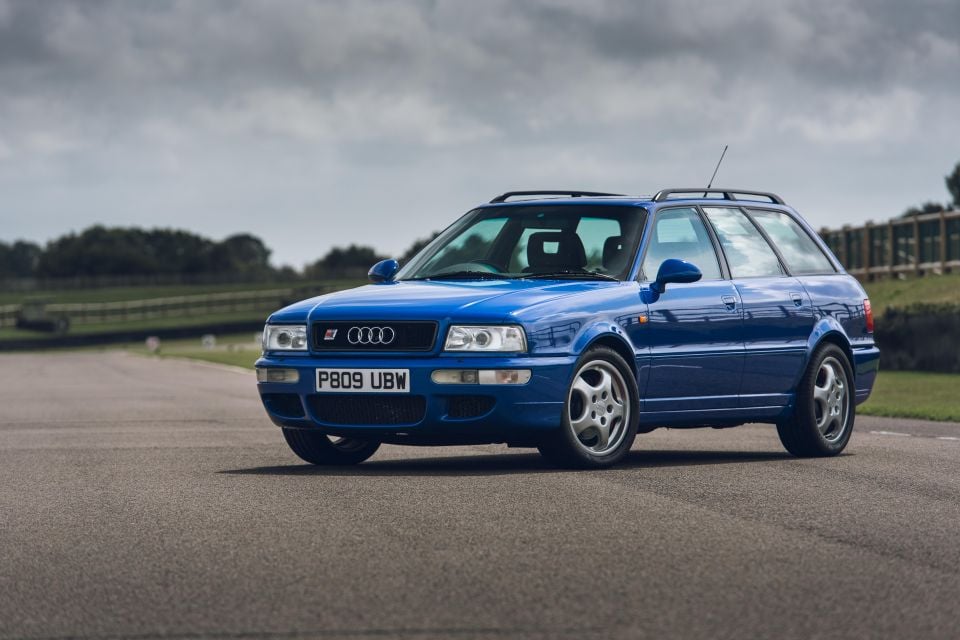
Founded in 1909 by August Horch, Audi was bought by DKW in 1928. Auto Union was formed four years later when Wanderer and the original Horch company were brought into the fold.
After World War II the company relocated itself from Chemnitz and Zwickau in East Germany to Ingolstadt.
Auto Union’s factories in East Germany were restarted by the communist government, and initially they produced DKW’s pre-war models, but later switched to making the Trabant.
In West Germany, Auto Union also restarted production of these two-stroke DKW cars, and between 1958 and 1959 Daimler-Benz bought up the firm.
Although there was heavy investment in a new factory and a four-stroke engine, DKW’s declining sales, slim margins, and poor press convinced Daimler-Benz to sell half of Auto Union – including the DKW and Audi brands, as well as its new factory and engine – to Volkswagen in 1964.
After 25 years off the market, Volkswagen brought the Audi name out of retirement for a new model using the Daimler-developed engine.
Volkswagen bought the rest of Auto Union in 1965 and merged the company with NSU in 1969 when the Ro80’s unreliability proved too much for the small firm to handle.
Earlier this year, it was announced Volkswagen would buy up the last 0.36 per cent of Audi it doesn’t own, and in the process end the presence of the NSU stock symbol on the German exchange.
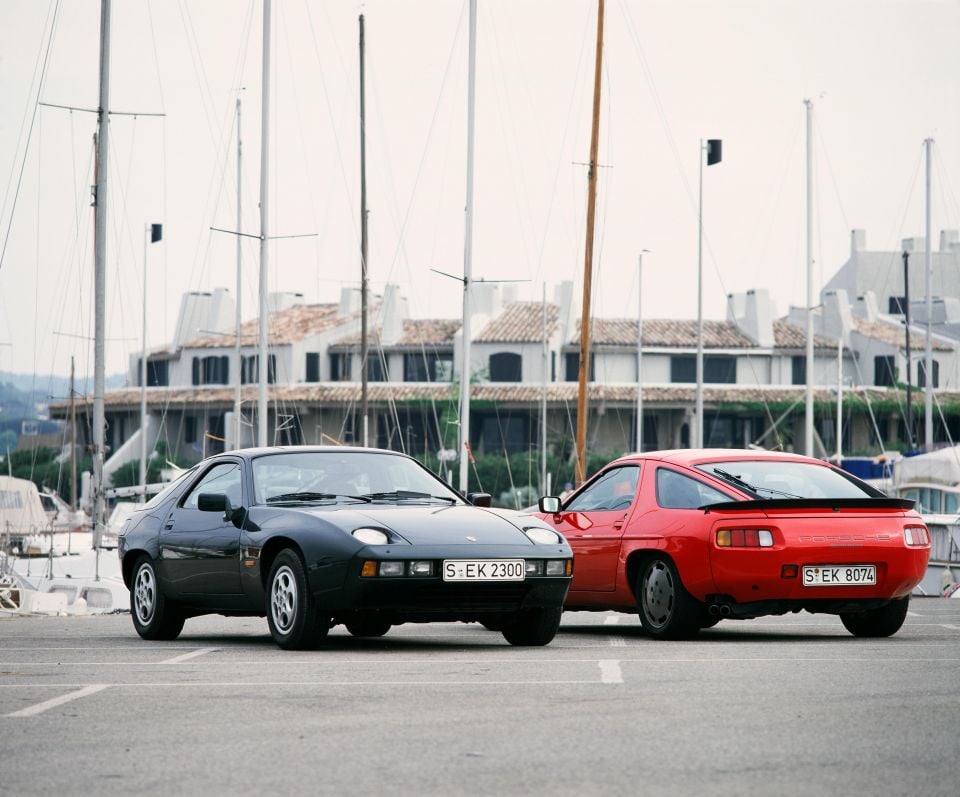
Ever since Ferdinand Porsche designed the KdF-wagen, which went on to become the Volkswagen Beetle after the war, the Porsche family and brand have been closely involved with Volkswagen.
In 1948 it began making its first car, the 356, which shared genetic links with the Beetle. The two companies have collaborated on other cars, including the 914 and, from 2002, the Cayenne and Touareg twins.
In 2005 it was revealed Porsche had been slowly building up a stake in Volkswagen, and the sports-car maker soon became the largest single shareholder with over 20 per cent.
When the shareholding went past 30 per cent, Porsche chairman Wendelin Wiedeking flatly denied he had a desire to acquire Volkswagen, claiming Porsche was merely trying “to protect one of the world’s biggest carmakers from corporate-raiding locusts”.
By late 2008, Porsche owned 42.6 per cent of Volkswagen, and it came clean on its ambitions to hit 75 per cent during the next year.
At one point, thanks to its own share and option buying spree, Porsche was — on paper, at least — making more money playing the stock market than making cars.
Thanks to the global financial crisis in the late noughties, banks began calling in the loans used to fund the wild takeover bid.
With the need to find cash quickly, Porsche saw a potential saviour in the emir of Qatar. But thanks to Volkswagen Group CEO Ferdinand Piech, German chancellor Angela Merkel, and the premier of Lower Saxony, the emir was convinced to invest in Volkswagen instead.
No matter how brief, it’s still amazing to think a company with around 200,000 sales per year globally was able to eat a Burj Khalifa-sized leviathan retailing roughly 10 million cars annually.
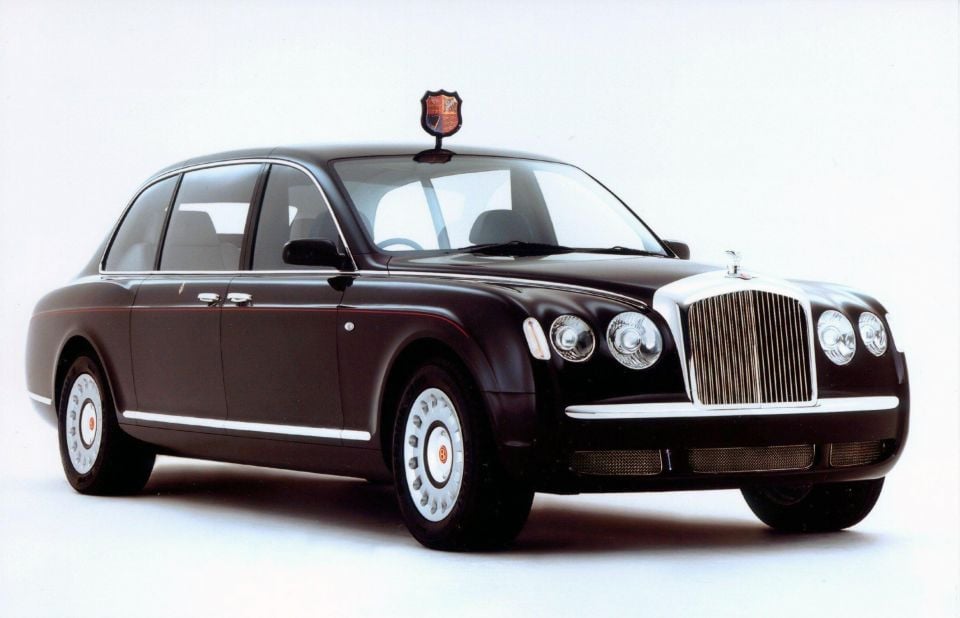
The history of Bentley and Rolls-Royce are so intertwined we’ll deal with them both here.
W.O. Bentley founded the motor company bearing his name in 1919, but the brand’s racing exploits could not save it from the Great Depression.
In 1931 Bentley ended up in liquidation, and its assets were picked up by Rolls-Royce. From then on Bentley cars were basically rebadged versions of Rolls-Royce models.
Rolls-Royce was started as a carmaker in 1904, and began making plane engines in 1915 to help Britain during World War I. In time, the aircraft engine business dwarfed the car side of things.
Thanks to the spiralling costs of developing of the RB211 jet engine, Rolls-Royce tumbled into receivership and then nationalisation in 1971. The still-profitable vehicle manufacturing arm was spun off, listed on the stock exchange, and bought in 1980 by engineering firm Vickers.
Vickers wanted out of car making in 1998, and BMW seemed like the natural choice as it was already supplying engines to Rolls and Bentley, but it was outbid by Volkswagen to the tune of £90 million.
Volkswagen now owned Rolls-Royce’s factory in Crewe, all of its designs, the Spirit of Ecstasy, and the Bentley name.
Thanks to its working relationship with Rolls-Royce the aircraft engine manufacturer, BMW was able to secure the rights to the Rolls-Royce name for use on cars.
A tense stalemate ensued, but eventually the two automakers came to an agreement. BMW would continue to supply engines to Bentley and Rolls-Royce until the end of 2002, and allow Volkswagen to temporarily use the Rolls-Royce name.
From 2003, Rolls-Royce would start a new chapter in a new factory with all designs under BMW’s ownership, while Bentley could soldier on with its existing vehicles for as long as it wanted.
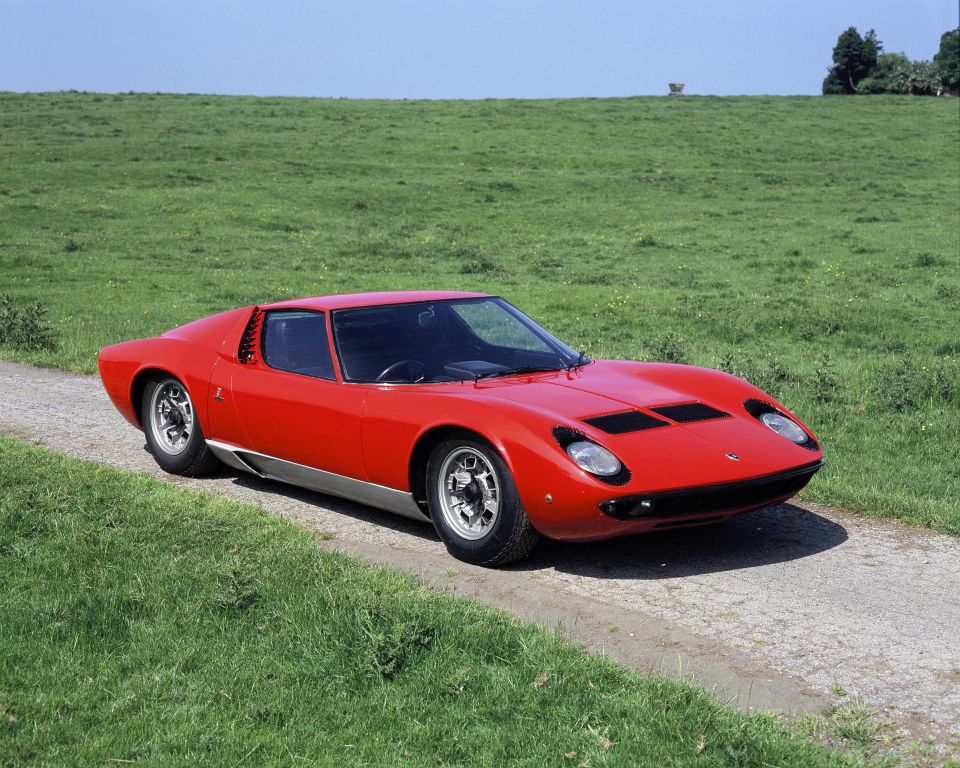
Feeling slighted by Ferrari, tractor maker Ferruccio Lamborghini started his own sports car company in 1963.
Although the company found early success with the Miura, the oil crises of the 1970s caused two decades of hardship for the brand.
Lamborghini was sold to Georges-Henri Rossetti and Rene Leimer in 1972, before going bankrupt by the late 1970s.
In 1981 Jean-Claude and Patrick Mimran, French brothers with an extensive sugar empire in Senegal, bought the automaker. Under their reign development of the LM002 off-roader was completed and went on sale.
Fresh from its own brush with death, the Lee Iacocca-led Chrysler went on a buying spree, purchasing Lamborghini in early 1987 and helping the company develop the Diablo.
In 1994 the Lamborghini was sold to a group of Indonesian investors. Later that decade it was looking around for a technical partner to help with developing a V8 engine.
An approach to Audi quickly developed into a takeover, with the deal completed by the middle of 1998.
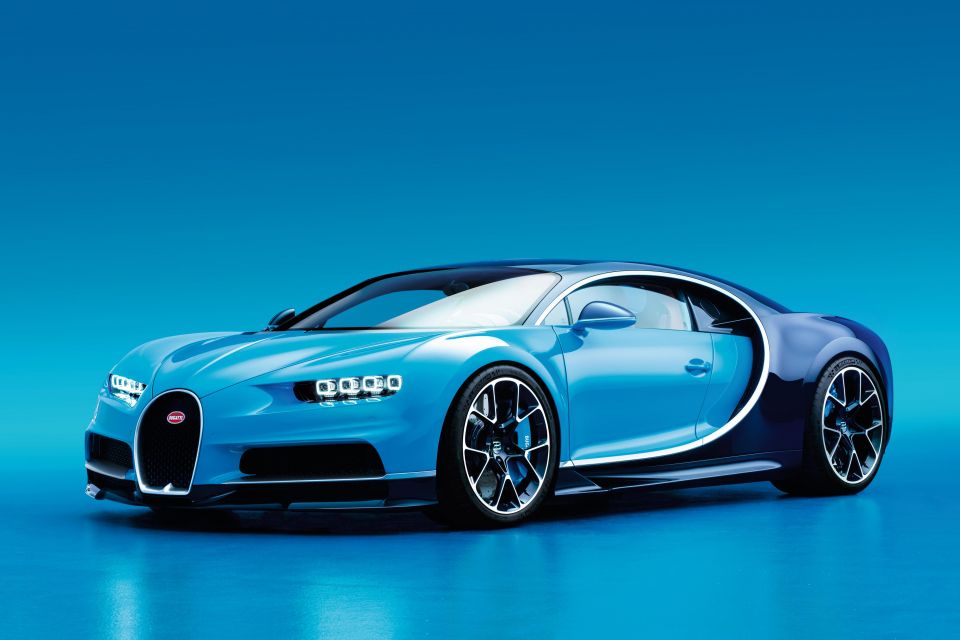
In 1909 Italian designer Ettore Bugatti founded his eponymous car company in the then-Germany city of Molsheim. Focused on speed and racing, a Bugatti won the first Monaco Grand Prix.
World War II and Ettore Bugatti’s death in 1947 were hard on the company, and it folded in 1952.
Romano Artioli, an Italian businessman who owned a large Ferrari dealership and Japanese car importer, bought the rights to the Bugatti name in 1987.
Headquartered in Campogalliano in the Italian province of Modena, the new Bugatti launched the high-tech EB110 supercar in 1991. By 1995 Bugatti was declared bankrupt thanks in part to a global recession, costs related to the development of a four-door sedan, and Artioli’s purchase of Lotus in 1993.
In 1998 Volkswagen bought the brand. Along with moving it back to now-French city Molsheim, it began developing the Veyron with its outrageous quad-turbo W16 engine.
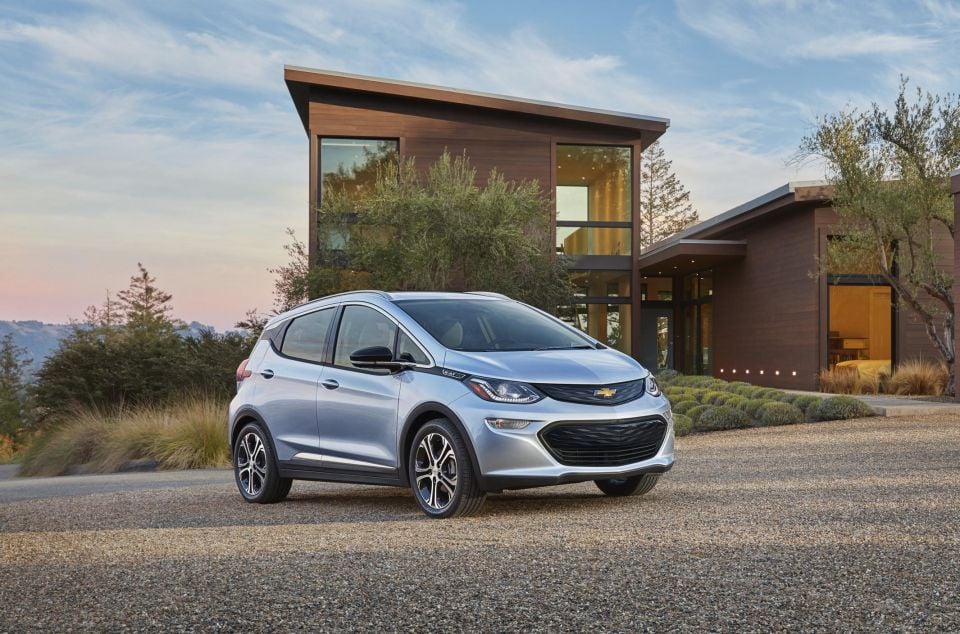
Car brands: Chevrolet, Buick, GMC, Cadillac Joint venture brands with SAIC: Wuling, Baojun
William Durant began making horse-drawn carriages in 1886 and was a leader in the field by the turn of the century. In 1904 he entered the automobile stage by purchasing Buick.
General Motors was setup as a holding company in 1908, and soon added Oldsmobile, Cadillac, Elmore, Oakland, Reliance, and Rapid to its stable.
Durant then tried and failed to buy Ford. With GM stretched financially, the banks forced Durant out of the firm in 1910.
By 1911 he was back in the business, partnering up with racing car driver Louis Chevrolet to form Chevrolet. The new company proved so successful, it was able to buy GM in 1917.
His second stint at GM ended in 1920 when he was again forced out by the company’s investors.
GM’s international footprint was established when it bought Britain’s Vauxhall in 1925, Germany’s Opel in 1929, and Australia’s Holden in 1931.
Although it practically created the multi-brand strategy, the magic of red ink has forced GM to cut itself down to four core brands.
You can read about all about the marques it has jettisoned over the years, including Oldsmobile, Pontiac, Saturn and, of course, Holden, in our in-depth feature on GM’s axed brands.
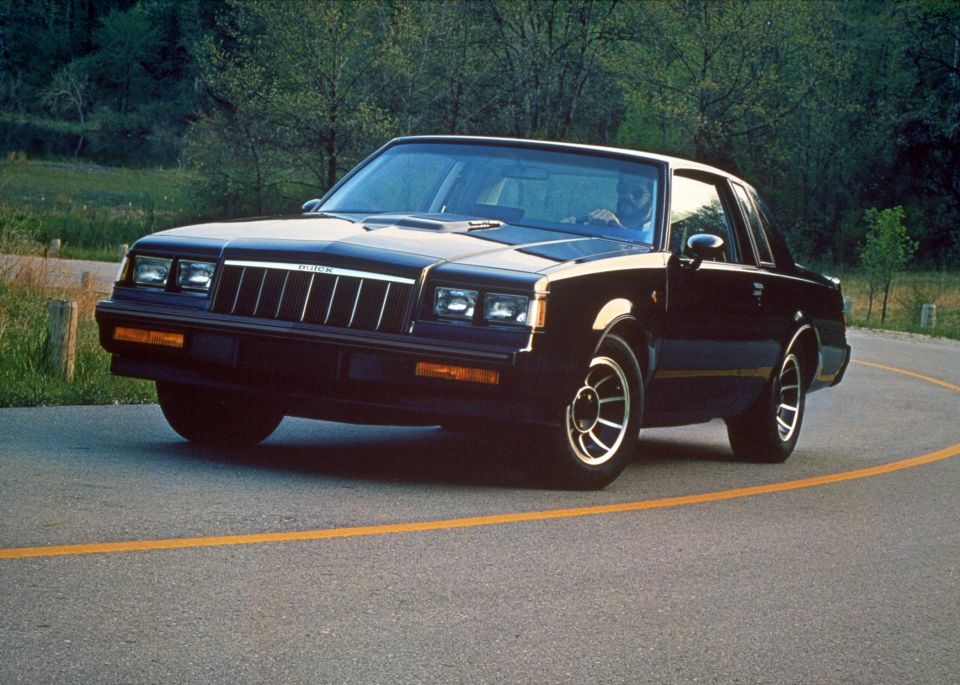
Established in 1899 by David Dunbar Buick as an engine producer, the company didn’t begin making cars in serious numbers until 1904… when it also ran into financial problems.
William Durant bought the company and quickly turned it into one America’s best-selling car brands. Buoyed by this success, he set up General Motors as a holding company to buy other car companies.
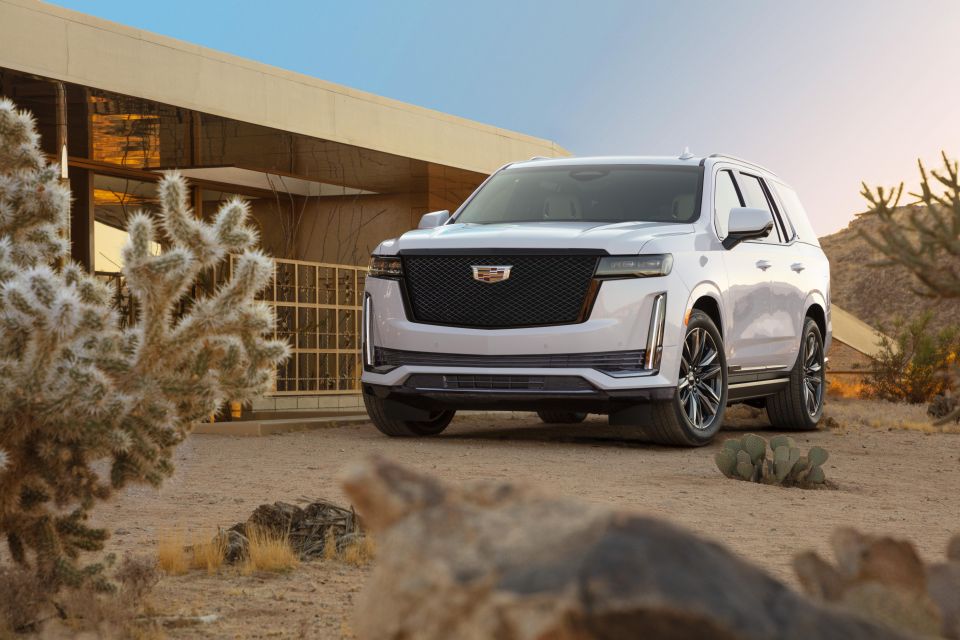
Formed in 1902, the Cadillac brand actually arose from the ashes of the Henry Ford Company, which was founded in 1901.
When Ford fell out with his backers and left, engineer Henry Leland convinced the investors to start a new firm using his engine and the Henry Ford Company’s existing factory.
Named after the French explorer who founded Detroit, the automaker was purchased by GM in 1909.
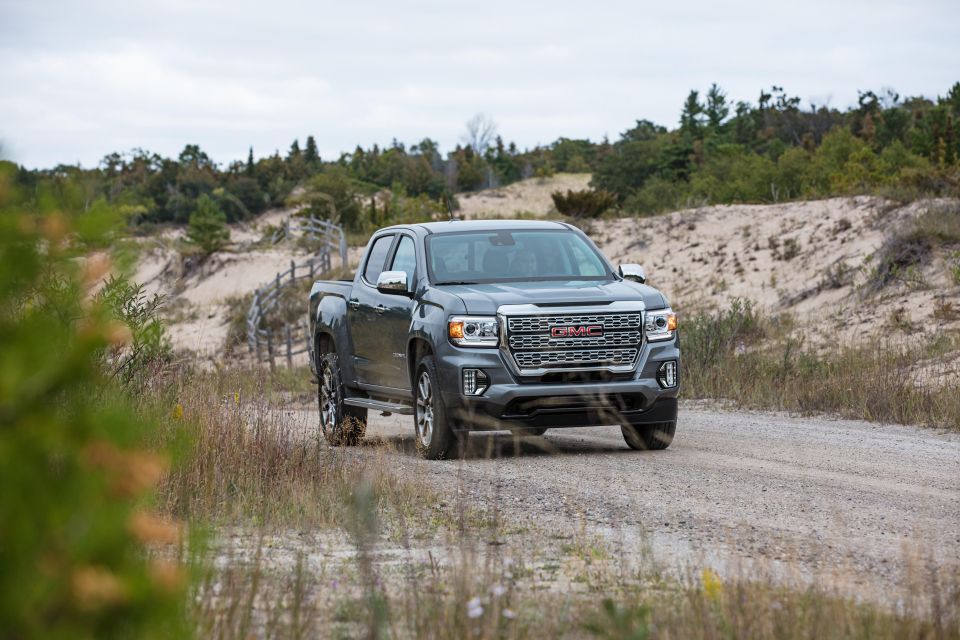
The Rapid and Reliance commercial vehicle companies were bought by GM in 1909, and merged before being phased out in 1912 in favour of GMC.
In addition to building rebadged Chevrolets commercial vehicles, GMC made buses until the early 1980s.
More recently the brand has been paired with a mainstream GM brand — first Pontiac, now Buick — so those dealers can sell lucrative pickup trucks and SUVs.
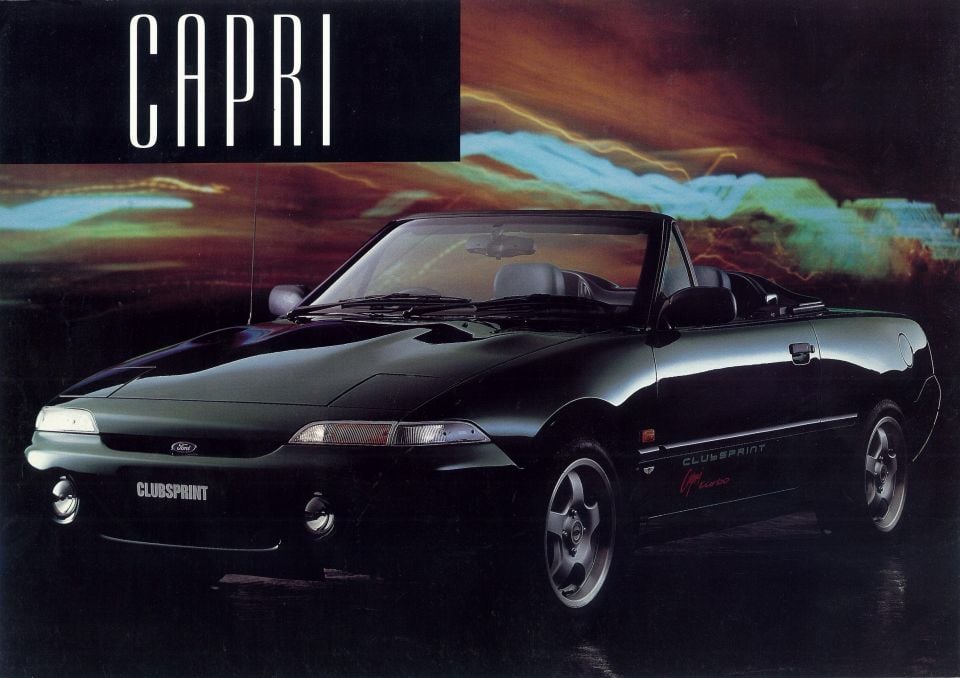
Car brands: Ford, Lincoln
Founded in 1903 by Henry Ford, the automaker perfected the early production line for the Model T from 1908.
Although the Ford family only owns a small percentage of the company’s common shares, its Class B shares give it a voting stake of around 40 per cent.
Multiple generations of the family have worked at the firm, with some becoming president, CEO or chairman of the company.

Henry Leland, the founder of Cadillac, created Lincoln in 1917 after falling out with GM head honcho William Durant.
Initially the company produced aircraft engines for the USA’s World War I effort, transitioning to car making in 1920 before going bankrupt in 1922.
It was purchased shortly afterwards by Ford. Over the years it has absorbed newly-created marques that failed to fire in the marketplace, including Edsel and Continental.
Under the leadership of Australian Jacques Nasser during the late 1990s and early 2000s, Ford amassed an impressive collection of luxury brands (Volvo, Aston Martin, Jaguar, and Land Rover).
These were housed together within the Premier Automotive Group, along with Lincoln and Mercury.
As Ford scrambled to avoid bankruptcy proceedings, however, it mortgaged its main brand, sold its stake in Mazda, and offloaded its luxury brands, leaving just Ford, Lincoln and Mercury behind.
In the wake of the global financial crisis the mid-market Mercury brand, which fielded a lineup of lightly-restyled Fords, was closed down in 2011.
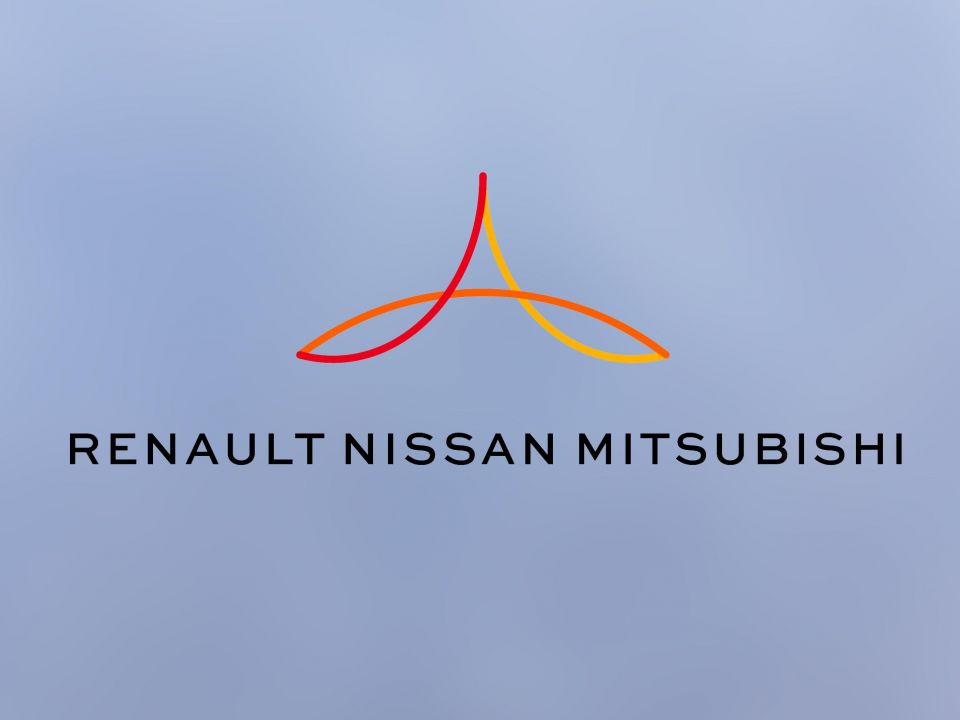
So when is a collection of brands and companies a single entity, and when is it more of an alliance?
The Renault-Nissan-Mitsubishi Alliance wants to have it both ways.
For chest-beating purposes, the Alliance likes to lump all its sales together to vie with Toyota and Volkswagen for the title of most automotive sales in a calendar year.
Legally too, the Alliance could be considered a single automaker as Renault owns 44 per cent of Nissan, which under Japanese law gives it control. In turn Nissan owns a non-voting 15 per cent stake in Renault, and also has a controlling 34 per cent stake in Mitsubishi Motors.
From the early 2000s when Carlos Ghosn was CEO of both Renault and Nissan, you could easily argue the Renault Nissan Alliance, as it was then, was a single automaker – albeit one where both Renault and Nissan had a great deal of autonomy.
Since Ghosn’s arrest in late 2018, the two firms have struggled to figure out how they should work together. It took until this year to launch a turnaround plan, along with a new framework for joint technology and vehicle development.
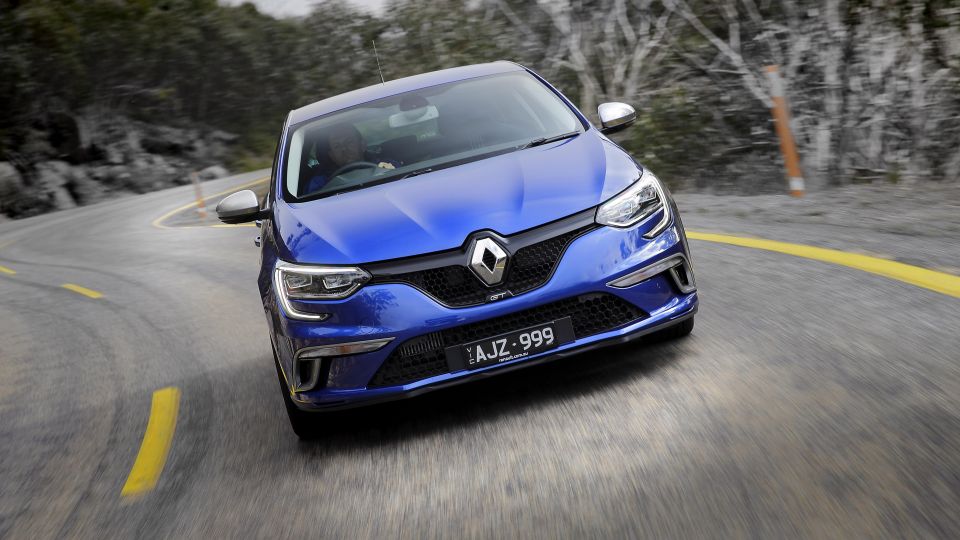
Car brands: Renault, Alpine, Dacia, Lada
Founded in 1898 by the three Renault brothers, the company was taken over by French government at the conclusion of World War II.
Privitisation only occurred in 1996, although the French state retains a 15.01 per cent stake in the automaker.
In 1979 Renault bought a sizeable stake in AMC – later increased to a controlling interest – before selling it to Chrysler in 1987. More about this in the Jeep section.
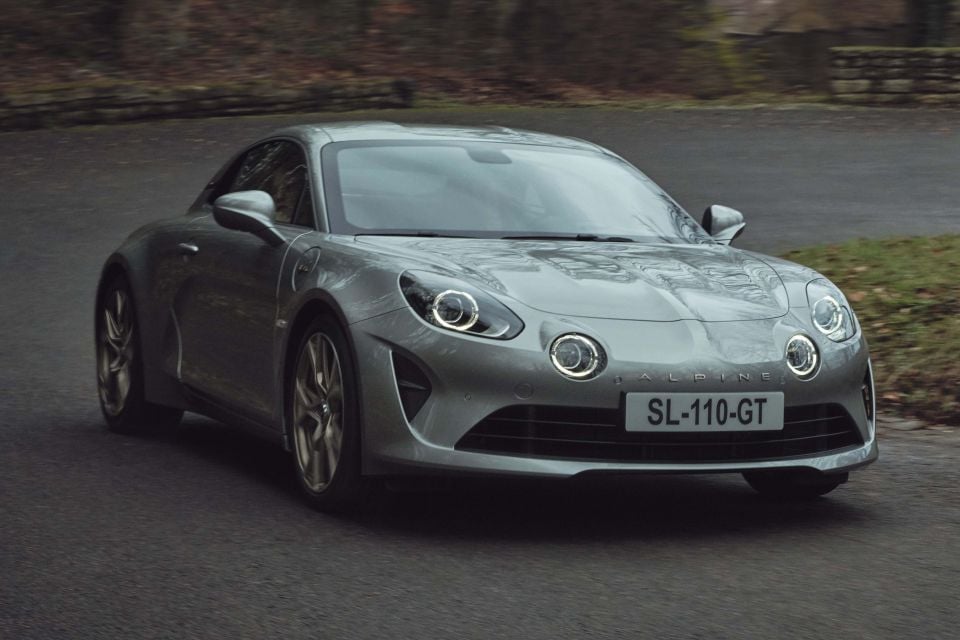
Race car driver Jean Rédélé founded Alpine in 1955, and developed rally-focused vehicles based on Renault mechanicals.
The oil crisis of the early 1970s hit the company hard, and it was bought out by Renault.
The brand was relaunched in 2017 with the new A110, a mid-engine coupe designed to take on Porsche 718 Cayman.
This year, the company announced the Alpine name will be used on future hot versions of Renault vehicles.

The Romanian automaker was founded in 1966 during Nicolae Ceausescu’s communist regime, and from the beginning it produced vehicles designed by Renault.
Starting in the 1980s, and finally completed after the fall of the Berlin Wall, Dacia began working on its first in-house design, the Nova.
It would prove to the brand’s only indigenous model, with Renault purchasing the firm in 1999. With the 2004 Logan, Renault gave Dacia a successful template for producing modern, low-cost vehicles that appealed to buyers in both eastern and western Europe.
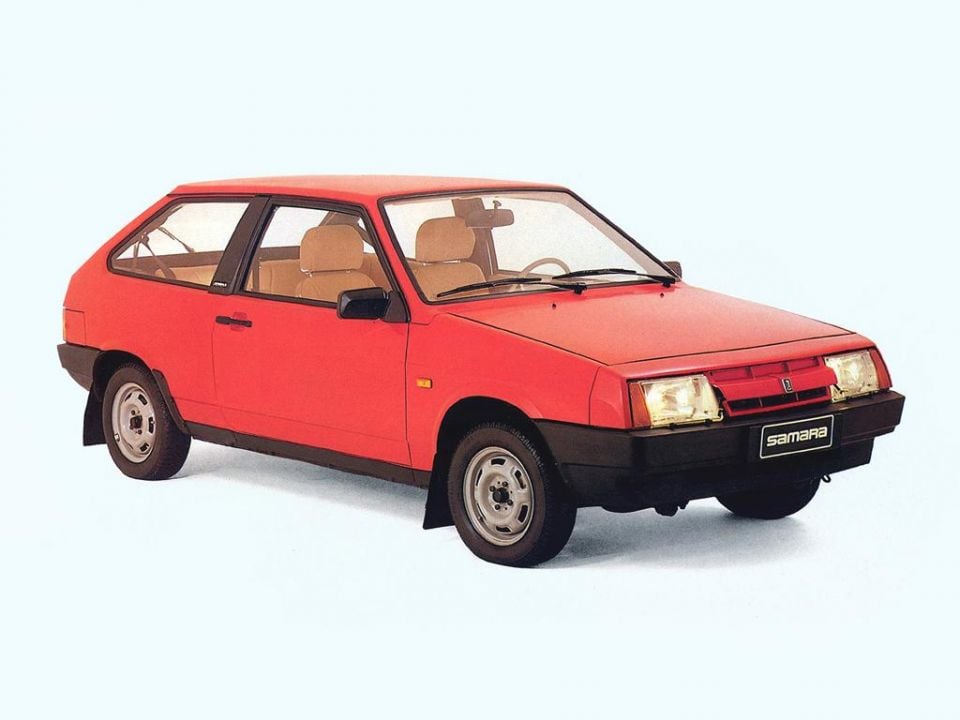
VAZ — now AutoVAZ — was established by Soviet Union in 1966 with the assistance of Fiat, which helped with the construction of its first factory at the new town of Tolyatti and supplied the design of 124.
In the Soviet Union AutoVAZ vehicles were sold under the Zhiguli brand, but this name was considered too hard to pronounce further afield, so export models were given the Lada brand.
After the break up of the Soviet Union, AutoVAZ was floated on the stock exchange. Although the company continued to control a healthy majority of the Russian auto market, it lost money through corruption and links to organised crime.
In 2001, the firm started a joint venture with GM to share production of the Niva off-roader.
Renault’s interest in the company began in 2005 when it bought 25 per cent for €1 billion. Nissan joined the party in 2014 when the alliance members took control of just shy of 50 per cent of AutoVAZ.
Weighed down by sliding sales, a poor Russian economy and heavy red ink, Renault pumped a further 85 billion roubles ($1.5 billion) into AutoVAZ in 2016 and took control of the firm.
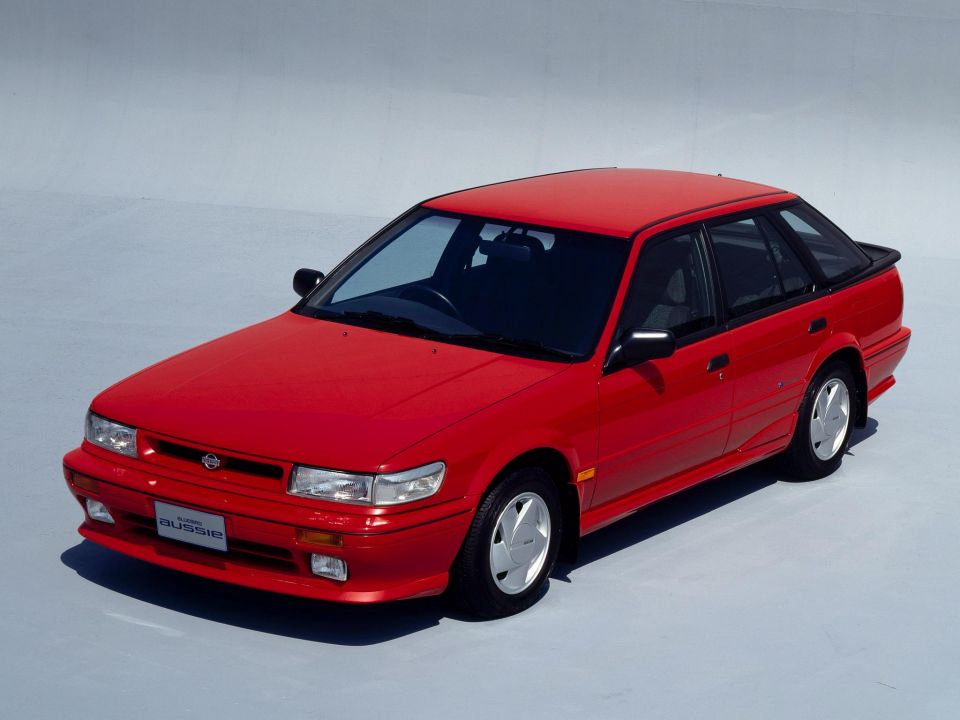
Car brands: Nissan, Infiniti, Mitsubishi Motors, Datsun
Founded in 1911, the automaker produced its first car in 1914, which was known as DAT after the initials of the company’s key investors.
In 1933 Nihon Sangyo — Nissan for short — took over DAT, which had recently begun producing a smaller model named Datson, later Datsun.
The company bought Prince in 1966, bringing the popular Skyline range into the Nissan fold.
Starting in the early 1980s, Nissan began phasing out the Datsun brand in favour of the corporate moniker.
In the wake of the bubble economy, and weighed down by a large pile of debt and a sprawling lineup of largely uninspiring vehicles, Nissan was careering off the financial cliff.
Despite entering talks with DaimlerChrysler, it was Renault which held out a financial helping hand and secured a 36.8 per cent stake in Nissan.
Carlos Ghosn was parachuted in as chief operating officer, and engineered a fast turnaround in fortunes. He was lauded in the media and became the star of his own manga series.
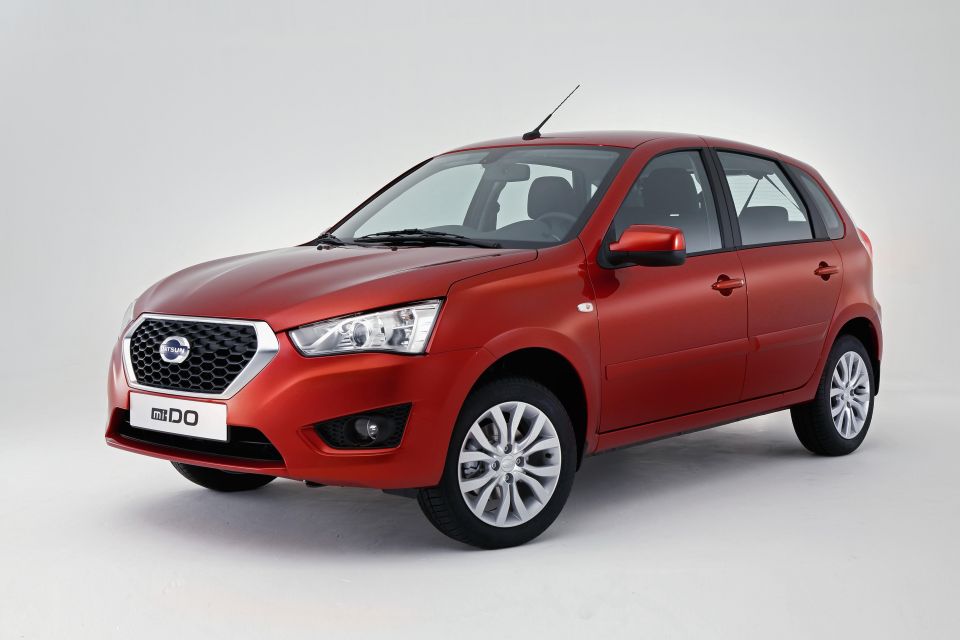
Nissan brought the Datsun name back in 2012 as a low-cost brand targeted at developing nations like Indonesia, South Africa, Russia, and India.
Both its Nissan-developed models and rebadged Lada vehicles have not been sales successes.
The brand was withdrawn from Indonesia in 2018, and will leave Russia by 2023. Its future elsewhere isn’t looking bright, with one of its second-generation vehicles, the Magnite crossover, launched in India as a Nissan.
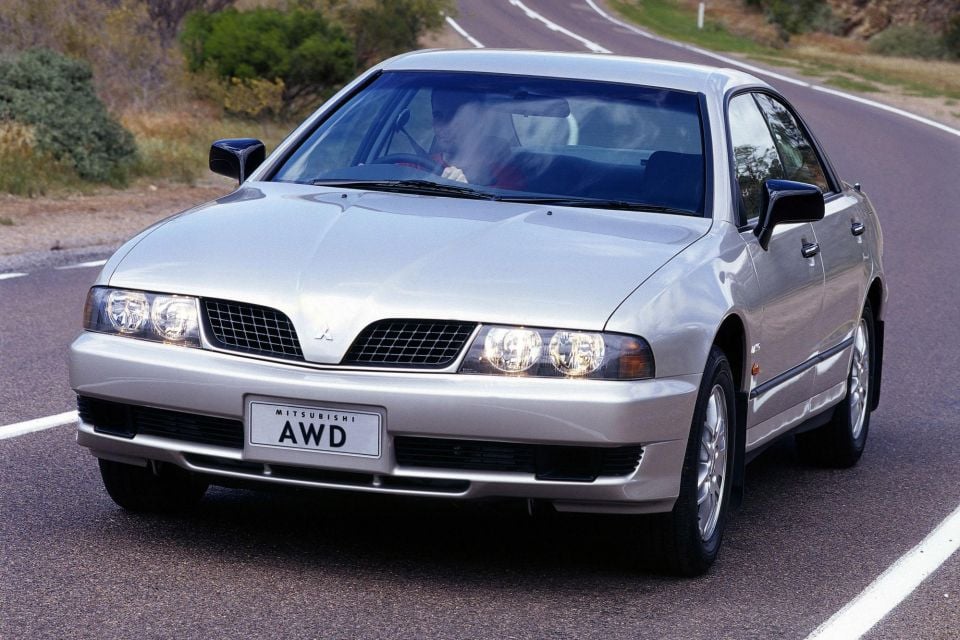
Although Mitsubishi made its first car in 1917, it wasn’t until Japan’s economic miracle was hitting full speed in the 1960s the company began showing more serious interest in car manufacturing.
In 1970 Mitsubishi Motors was incorporated to house the conglomerate’s various automotive operations.
In order to catch up with its compatriots, Mitsubishi Motors entered into a partnership with Chrysler. The American automaker took a 15 per cent holding in 1971, and began selling the Galant in the USA as the Dodge Challenger and Plymouth Sapporo.
While Chrysler sold its stake in 1993, the two continued to work together.
In 2000 DaimlerChrysler bought a controlling 34 per cent stake in the Mitsubishi, fulfilling Jurgen Schrempp’s long-held ambition to create a World Automaker with a significant presence in Europe, Asia, and the Americas.
This alliance got off to a bad start when Mitsubishi was caught hiding customer complaints in Japan to avoid a large scale recall. Mitsubishi continued to bleed red due a stagnant Japanese economy, and matters were not helped by its disastrous 0-0-0 financing offer in the US.
This offer “sold” cars for zero downpayment, zero interest, and zero payments for the first 12 months. Unfortunately a sizeable portion of buyers defaulted once money was required saddling the company with an extra loss of around US$500 million.
To deal with the massive debt and continuing losses, Mitsubishi Motors went through two rounds of recapitalisation. DaimlerChrysler refused to participate in both, and in 2004 DaimlerChrysler ceded operational control, and over the course of a year sold its stake.
In 2016 another scandal, this time involving falsified fuel economy figures for kei cars, was revealed. In the end, Mitsubishi admitted it had been falsifying domestic market numbers for 25 years.
Nissan, for which Mitsubishi had been developing kei cars, injected fresh cash into Mitsubishi in exchange for a controlling 34 per cent share.
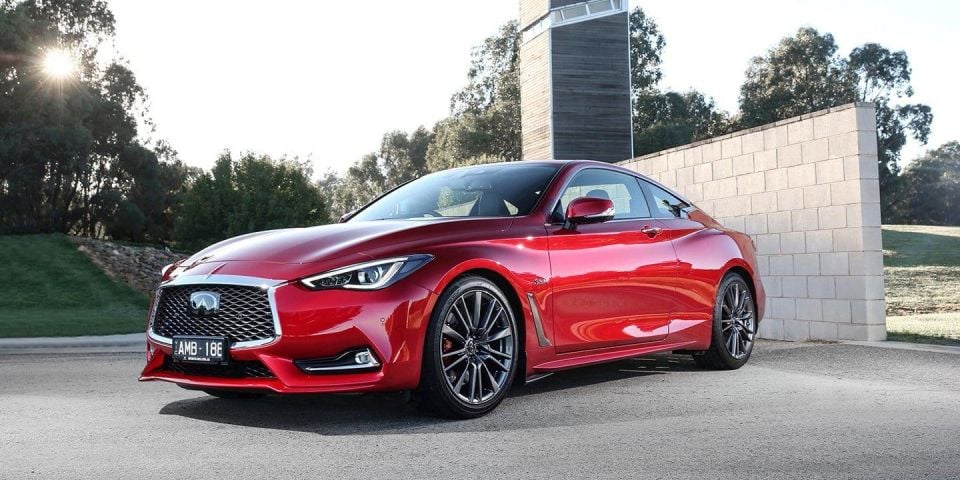
Launched in 1989, Infiniti was originally a luxury marque sold in the USA like Acura and Lexus.
In the 2010s the brand spread its wings across the world and hoped to gain a foothold in Europe with the UK-made Q30/QX30 hatch, which was built on the Mercedes-Benz A-Class platform.
Glacial sales have seen the brand retreat from Europe and Australia, with the marque now concentrating its efforts on the US, China and the Middle East.
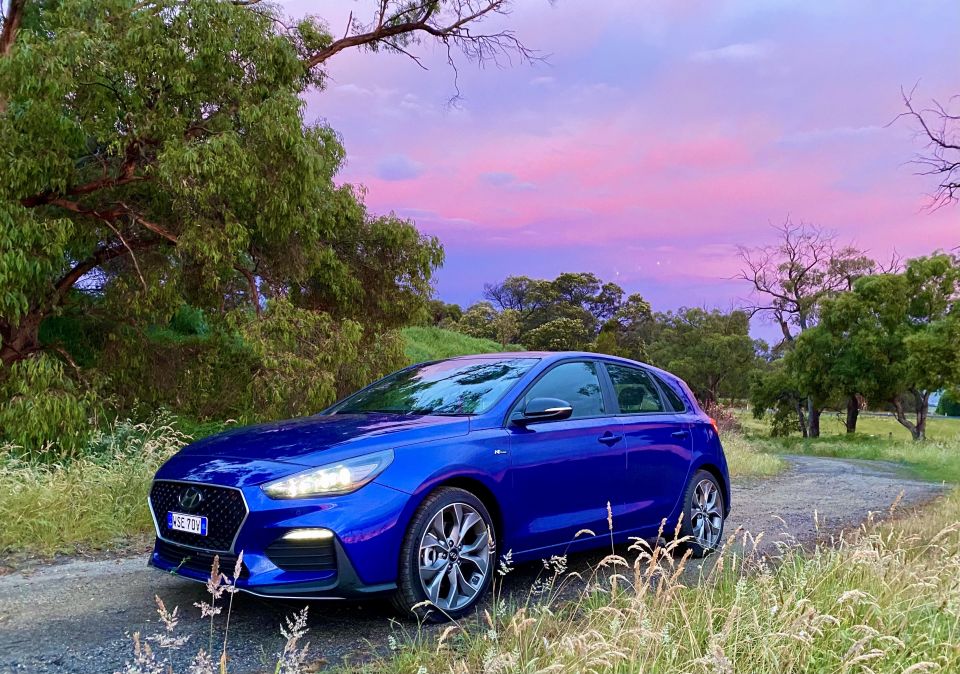
Car brands: Hyundai, Genesis, Kia
While Hyundai was founded in 1947 as a construction firm, it wasn’t until the end of 1967 it formed the Hyundai Motor Company to begin manufacturing cars.
At first it made the Ford Cortina under licence, with the 1975 Pony being the company’s first unique model with styling from Italdesign Giugiaro, and drivetrains from Mitsubishi.
The company continued developing vehicles using Mitsubishi engines, transmissions and platforms until the late 1990s.
During this period Mitsubishi had a 10 per cent stake in Hyundai. The second-generation Elantra, launched in 1995, was the first to feature a platform, styling, and drivetrain all designed in-house.
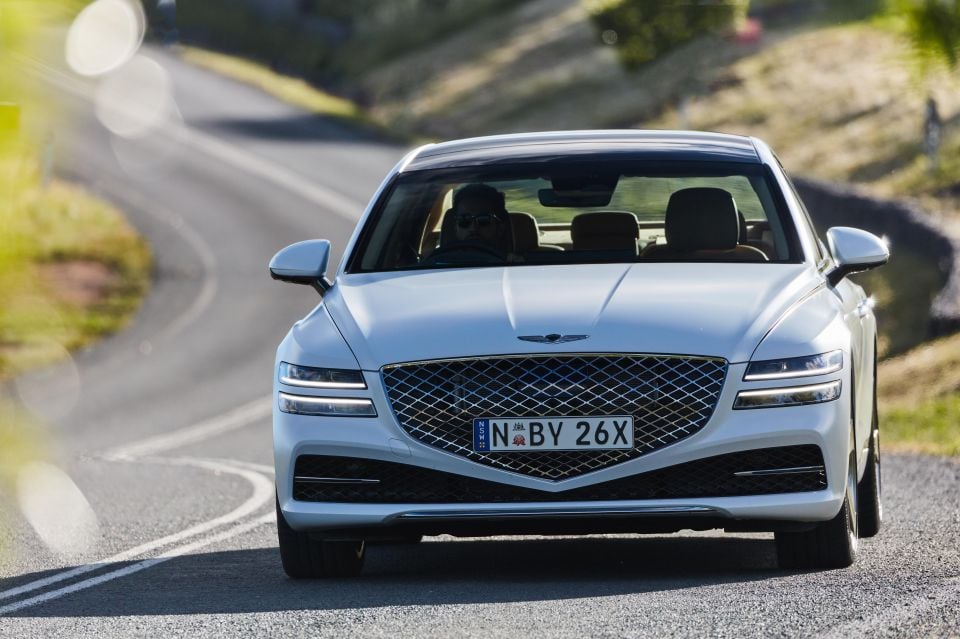
Launched in 2007, the Hyundai Genesis was a luxury rear-wheel drive sedan, and later sports coupe.
Halfway through the lifecycle of the second-generation model, Hyundai took the step of turning the car into own standalone marque to take on the likes of Lexus, Acura, Infiniti, BMW, Audi and Mercedes-Benz.
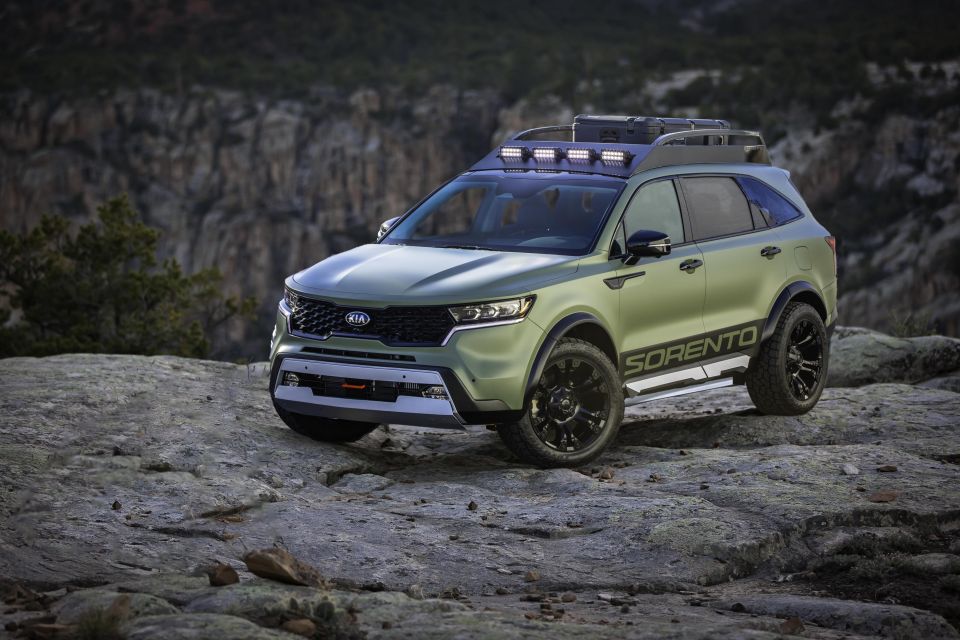
Founded in 1944 as a company specialising in metal tubes and bike parts, Kia didn’t venture into wheeled transport until 1957 when it began making Honda motorcycles under licence.
It then branched into trucks in 1962 and cars in 1974, both of which utilised Mazda designs. Kia continued to use Mazda platforms and drivetrains until the early 2000s.
From 1986 the company also worked with Ford, a partnership that yielded two generations of the Pride small car line, which was sold in Australia as the Ford Festiva.
Crippled by multi-year loses, high levels of debt and the Asian Financial Crisis, Kia went bankrupt in 1997. Despite strong interest from Ford — which owned 17 per cent of the automaker — it was Hyundai which bought a controlling stake in Kia.
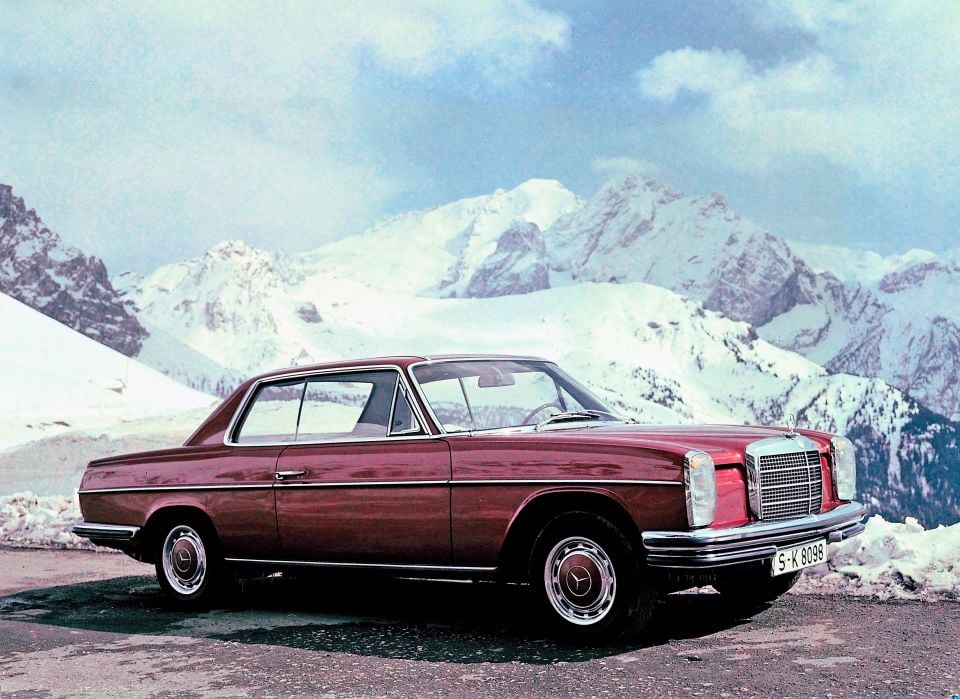
Car brands: Mercedes-Benz, Smart (50 per cent joint venture with Geely)
The Benz Patent Motorwagen from 1865 lays claim to being the world’s first automobile, but the Mercedes-Benz name was first used in 1926 – around the time Daimler and Benz motor companies merged.
With its purchase of Auto Union in the 1960s, Chrysler in the late 1990s, and Mitsubishi in the early 2000s, the company has tried twice to reduce its reliance on luxury automobiles, but these experiments didn’t go as well as hoped.
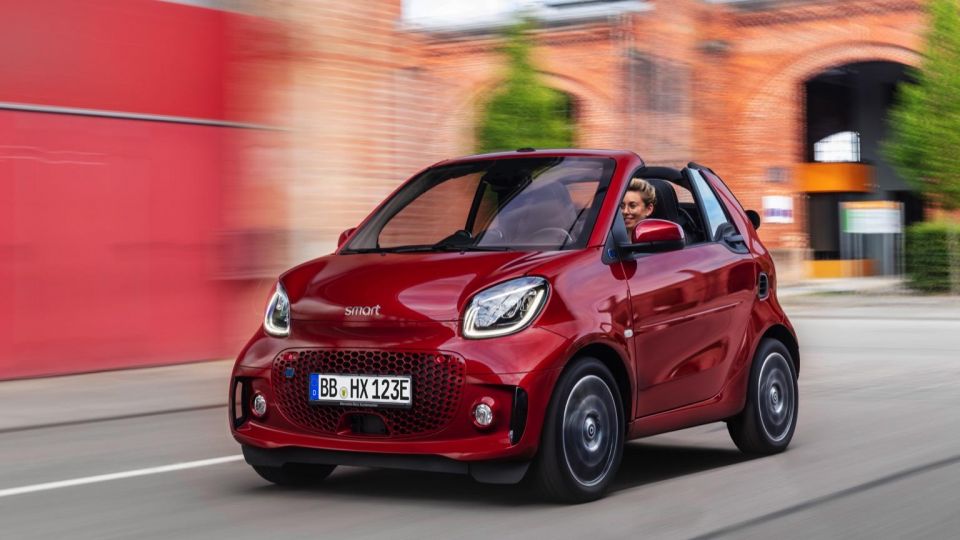
Nicolas Hayek, co-founder of Swatch, had a long held dream to create a two-seat city car.
In the 1980s engineering work began on his “Swatchmobile”, and he reached an agreement in 1991 with Volkswagen to help engineer, build, and distribute the car. The agreement was nixed by Ferdinand Piech soon after he became Volkswagen’s CEO.
Daimler-Benz signed on to be Swatch’s partner in 1994. Although it started with a 50.1 per cent stake, this grew to 80 per cent as extra funds were needed to complete development.
Around the time the original Smart Coupe was launched in 1998, Swatch had been completely bought out of the venture.
Struggling to make money from the venture, DaimlerChrysler tried unsuccessfully to move the brand into larger vehicles with the 2004 ForFour co-developed with Mitsubishi, which was at the time controlled by Daimler.
As part of a loose partnership with the Renault Nissan Alliance, the current Smart range was developed alongside the latest Renault Twingo.
Smart’s salvation, though, came from an unlikely place. In 2018 Geely stunned the world when it bought up 10 per cent of Daimler, and became its single largest shareholder.
A year later, the two firms struck a deal with Geely taking a 50 per cent ownership stake in Smart, meaning the next generation of vehicles will be built in China and sold around the world.

The Aston Martin story has had more plot twists than your standard spy novel.
It was founded in 1913 by Lionel Martin and Robert Bamford as Bamford & Martin. In 1924 the company went bankrupt for the first time, and its new owners renamed the firm Aston Martin.
The company changed hands twice before it was bought by David Brown, a businessman who had made his fortune producing gears and machine tools.
In addition to funding new models prefixed with his initials DB he brought luxury car Lagonda into the fold, and the company gained worldwide recognition via its association with the James Bond movie franchise.
By 1972 Aston Martin was again in trouble, and the firm was sold again and was bankrupt by 1974.
Aston Martin went through at least another two owners before Ford bought it in 1991, ushering in a new era with the DB7, V8 Vantage, and later DB9.
As part of its divestment of brands ahead of the global financial crisis Aston Martin was sold in 2007 to a consortium led by Prodrive boss David Richards and a pair of Kuwati companies.
Daimler bought a five per cent stake in 2013 when Aston Martin signed a technical partnership with AMG, including the right to use German V8 engines.
Crunched by the COVID-19 pandemic and costs related to the DBX crossover, new saviours have come in to help the iconic brand this year.
This time around Canadian fashion mogul Lawrence Stroll has pumped money in for a 25 per cent stake, while Daimler will gradually increase its shareholding to 20 per cent.
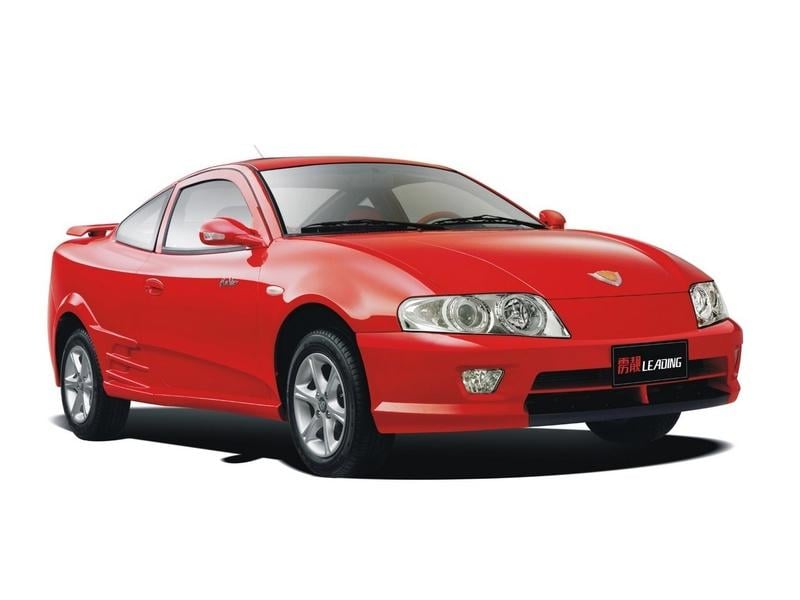
Car Brands: Geely, Volvo, Polestar, Lynk & Co, Lotus (51 per cent), Proton (49 per cent), LEVC
Unusually for a Chinese car company, Geely did not have its origins as a state-owned firm. It was founded in 1986 by Li Shufu as a fridge maker. It graduated to motorcycles in 1993, and began making Daihatsu Charade-based cars at the beginning of the new millennium.
During its first phase it had a multi-brand strategy populated by a clutch of anonymous models and others which seemed to be knock-offs from more famous brands.
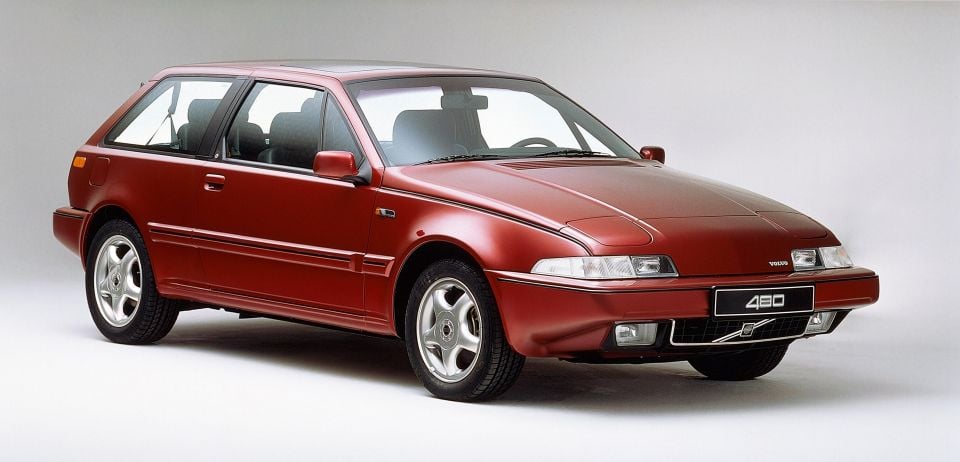
SKF, a bearing manufacturer, incorporated Volvo in 1926 and the company began making cars a year later. The Swedish automaker was floated on the stock exchange in 1935 and SKF sold its holding.
From there it diversified into buses, trucks, and industrial engines. Volvo Cars was spun off into a separate company in 1978.
Renault partnered up with Volvo twice. The first time it bought a minority stake, only to sell it back in the 1980s.
In the 1990s, the two automakers began working on joint projects and exchanged minority shareholdings. When a merger was proposed in 1994, it was soundly rejected by the Swedish firm and the two went their separate ways again.
With the Volvo Group looking to concentrate on its truck business, the car company was sold to Ford in 1999 and folded into the Premier Automotive Group.
Volvo was bought by Geely in 2010 as Ford sold off its “non-core” brands to stave off bankruptcy during the global financial crisis.
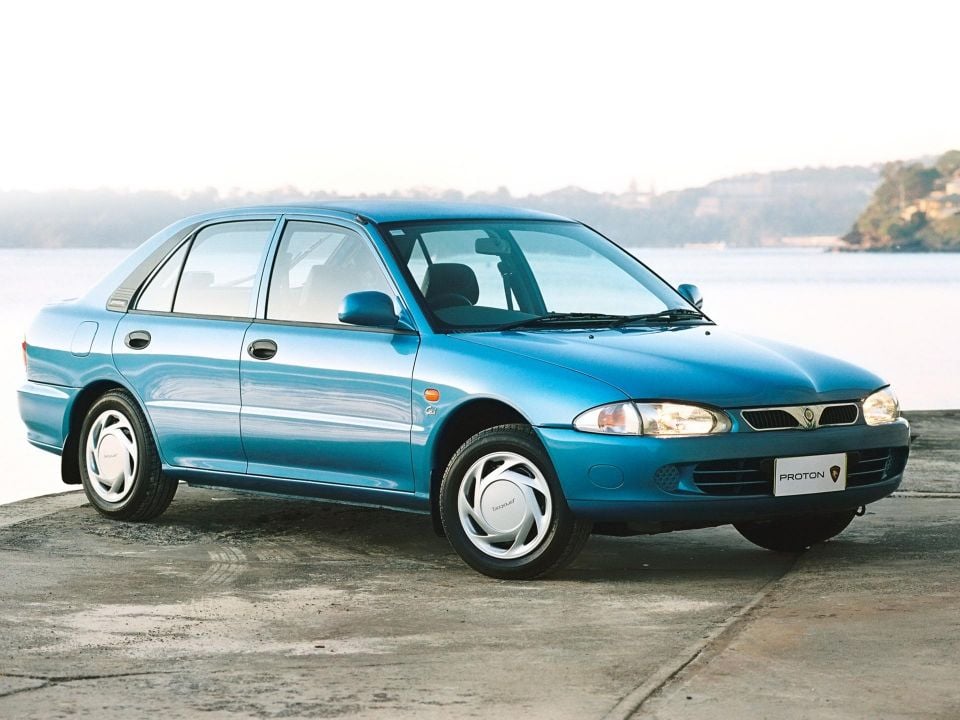
Proton was founded in 1983 by Malaysia’s prime minister Mahathir Muhammad as a state-owned company.
It wasn’t until the early 2000s Proton began designing its own cars, platforms, and drivetrains. Prior to this it localised Mitsubishi designs, as well as one from Citroen.
As part of its cooperation with Malaysia’s national carmaker, Mitsubishi owned up to 30 per cent of Proton at one point. It has since sold away its shareholding.
In 2017 DRB-Hicom, the large Malaysian conglomerate which owned Proton, sold 49.9 per cent of the automaker to Geely.
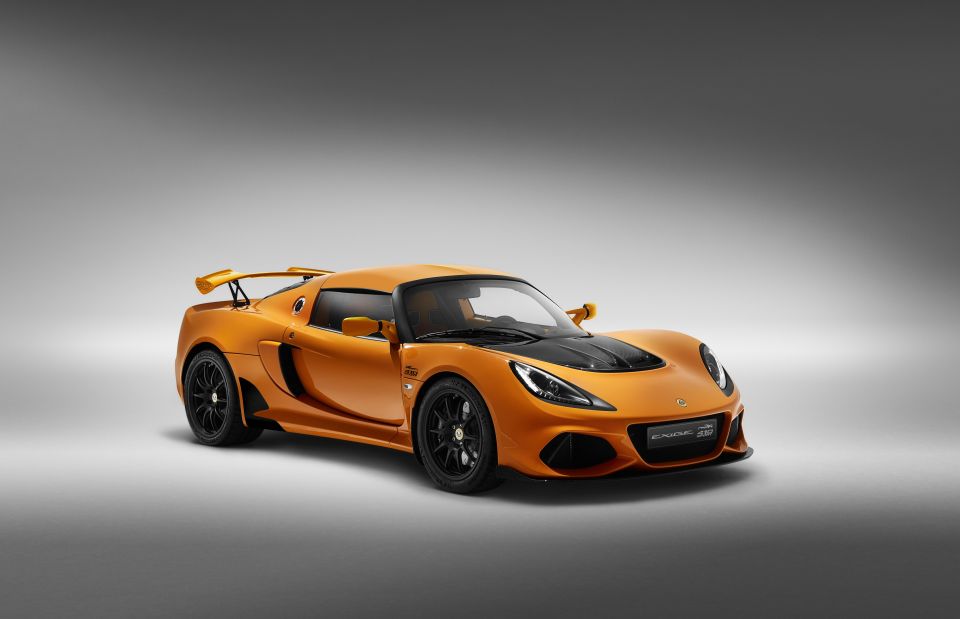
Founded by Colin Chapman and Colin Dare in 1948, the company’s mantra has always been to simplify and add lightness.
The company found success in building race cars and road vehicles, as well as providing engineering and tuning services for other manufacturers.
After Chapman’s death in 1982 the company was teetering towards bankruptcy, and it was being investigated for its role in the collapse of DeLorean.
A new set of British investors bailed it out, but didn’t have deep enough pockets to fund the company’s development programs.
Long term technical partners Toyota and GM stepped to save the firm in 1986, but Toyota soon quit and left GM in full control.
GM pulled the plug in 1993 and sold Lotus to Romano Artioli, who at the time was struggling to turn Bugatti into a viable business. After Bugatti went bankrupt, Lotus was sold once more this time to Proton.
As part of its 2017 deal with DRB-Hicom to buy a 49.9 per cent stake in Proton, Geely also purchased a 51 per cent share of Lotus.
Geely bought a 50 per cent stake in Smart in 2019. You can read more about the brand’s corporate history in the Daimler section.
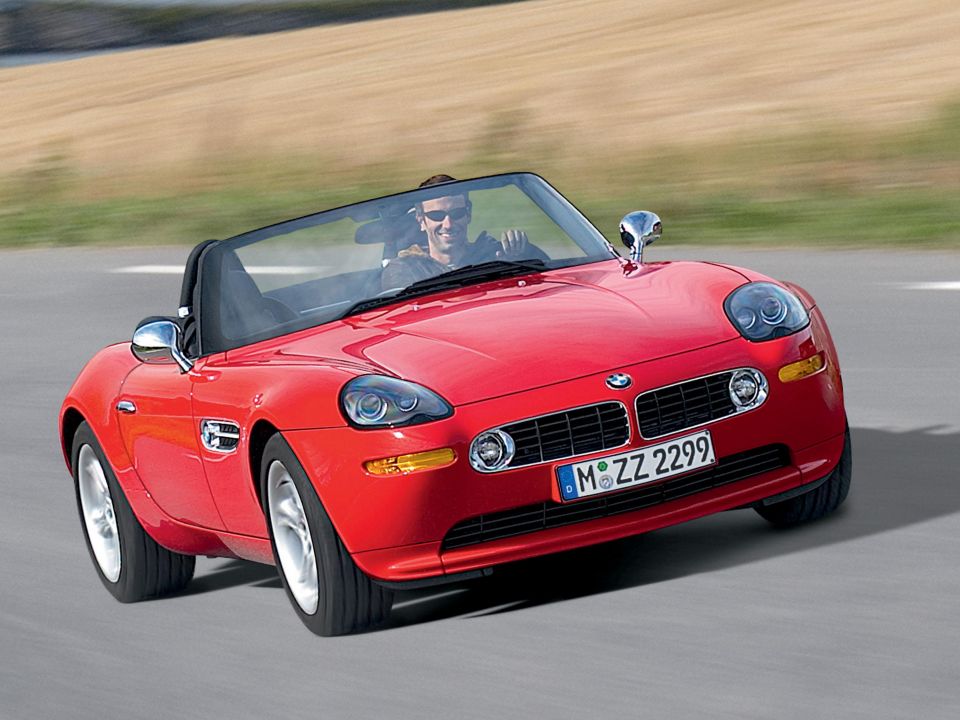
Car brands: BMW, Mini, Rolls-Royce
Started in 1916 a maker of plane engines, BMW began motorcycle production in 1921. It entered automobile scene in 1926 when it bought the Eisenach Car Company, which had been selling Austin Sevens under the Dixi brand.
The Quandt family bought a substantial stake in BMW in 1959 when it was undergoing substantial financial stress. At the time of writing the Quandt family owns 46.8 per cent of the BMW Group, with the remainder available on the sharemarket.

The original Alec Issigonis-designed Mini was launched by the British Motor Corporation (BMC) in 1959, and was sold over its 41 year life under a variety of marques, including Austin, Morris, Leyland, Riley, and Wolseley.
BMC was in a poor financial state in 1968, so the British government engineered a shotgun marriage with Leyland to produce British Leyland (BL). At times the company produced innovative products, but it was weighed down by too many brands, a strike-happy workforce, and poor build quality.
BL formed a late-1970s partnership with Honda, which led to a clutch of well-received Accord, Civic, and Legend-based models.
As the company’s brand portfolio was whittled down the company was renamed Austin Rover in 1982 and then simply the Rover Group when it was sold to British Aerospace in 1986.
Seeking a mainstream automotive business to provide scale and balance to the luxury automaker, BMW purchased Rover in 1994.
Although the impressive Rover 75 was launched during the BMW era, the rest of the Rover range was dated and the company kept on bleeding red ink.
In 2000, BMW decided to cut its loses and sold Land Rover to Ford, while MG Rover was sold to a group of investors known as the Phoenix Consortium and led by a former Rover CEO for a symbolic £10.
Through all of these corporate machinations, the original Mini soldiered on and spun off into its own marque.
Launched in late 2000, the New Mini was developed in-house by BMW and was retained along with the Triumph, Riley, Metro and Maxi brands.
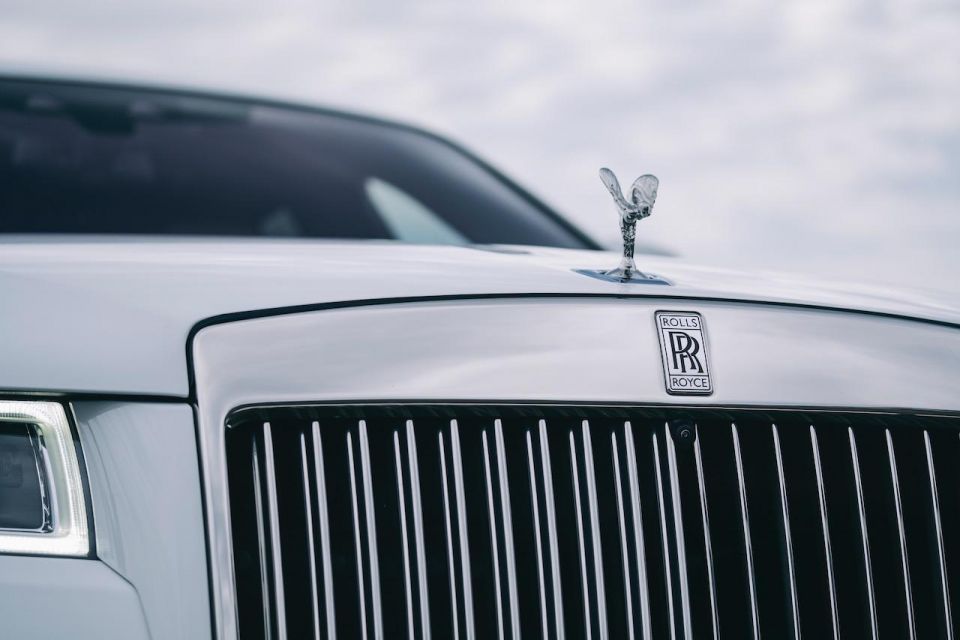
BMW’s business is capped at both ends by British marques, and the corporate history of Rolls-Royce Cars is no less interesting, and has already been covered in detail in our summary of Bentley.
Car brands: MG, Roewe, Maxus/LDV, (Wuling, Baojun with GM)
The Shanghai Automotive Industry Corporation was founded in 1955, but didn’t really flourish until market reforms were enacted in the 1980s.
In the mid-1980s it began one of the first automotive joint ventures in China, snaring a deal with Volkswagen. The German firm gained a significant first mover advantage, and is easily the most popular brand in China.
In the 1990s, SAIC signed a second significant joint venture, this time with GM.
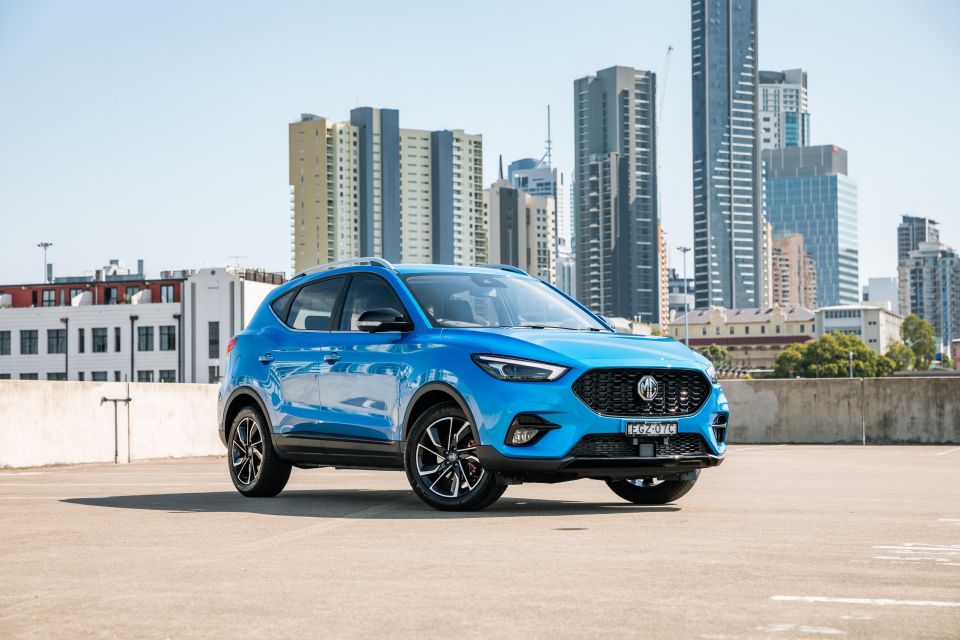
The Phoenix Consortium bought MG Rover from BMW in 2000 for £10, but an aging range, high debt, and sliding sales meant the new management team couldn’t stop the automaker’s flow of negative results.
In 2004, SAIC was in talks with British firm to establish a joint venture with the Chinese company as the major partner, but this plan failed to gain support from the communist government.
When the MG Rover went bankrupt in 2005, SAIC and rival Nanjing Automobile competed for various parts of the automaker, although all proved moot in the end when the two Chinese companies merged in 2007.
Production of the Rover 25 and 75, and their MG variants, were restarted in China. Because the Rover name was owned by BMW and later Ford, SAIC was forced to create a new a brand — Roewe — for the more stately versions of these vehicles.
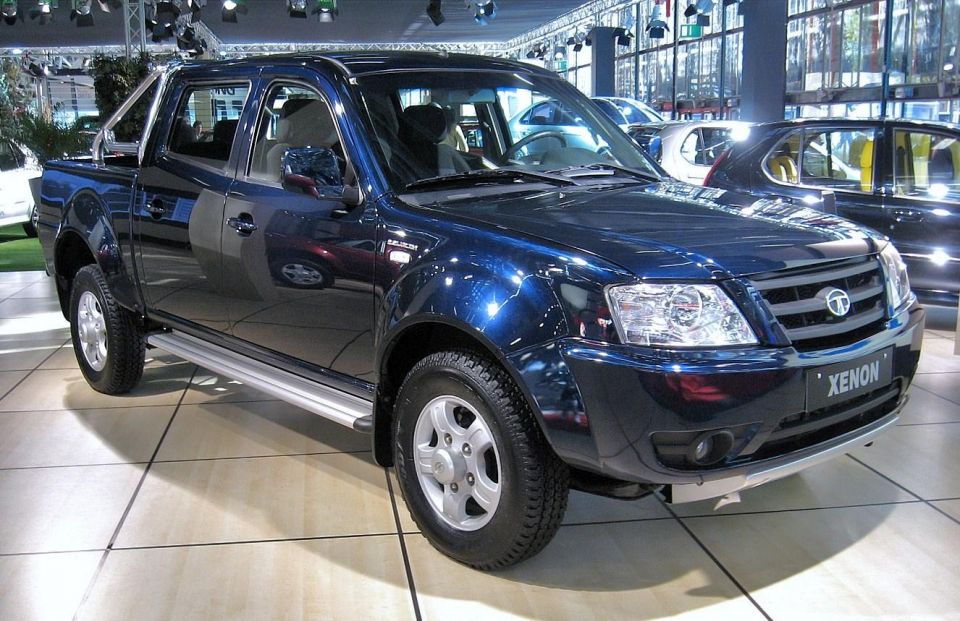
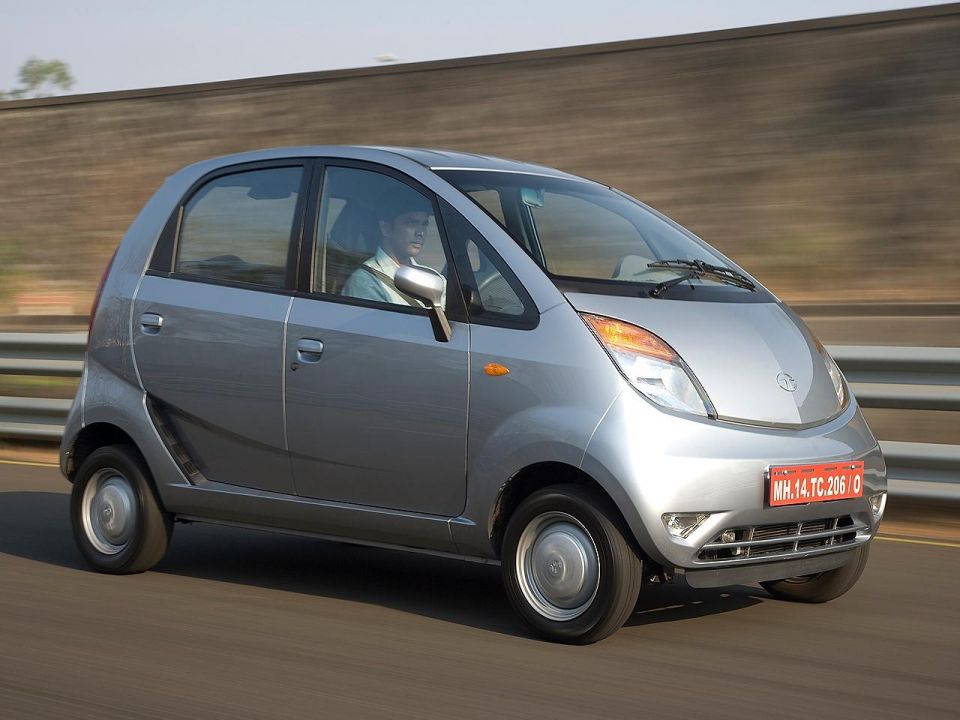
Car brands: Tata, Jaguar, Land Rover
Part of the much larger Tata Group, Tata Motors was began life in 1945 as the Tata Locomotive and Engineering Company.
It branched into commercial vehicles with the assistance of Daimler-Benz in the 1950s. Likely thanks to India’s tight market controls, Tata didn’t begin making its first passenger vehicles until 1991.
Despite the Tata Group’s deep pockets, Tata is only the fourth most popular car brand in India, way behind Maruti Suzuki, which commands over 50 per cent of the market.
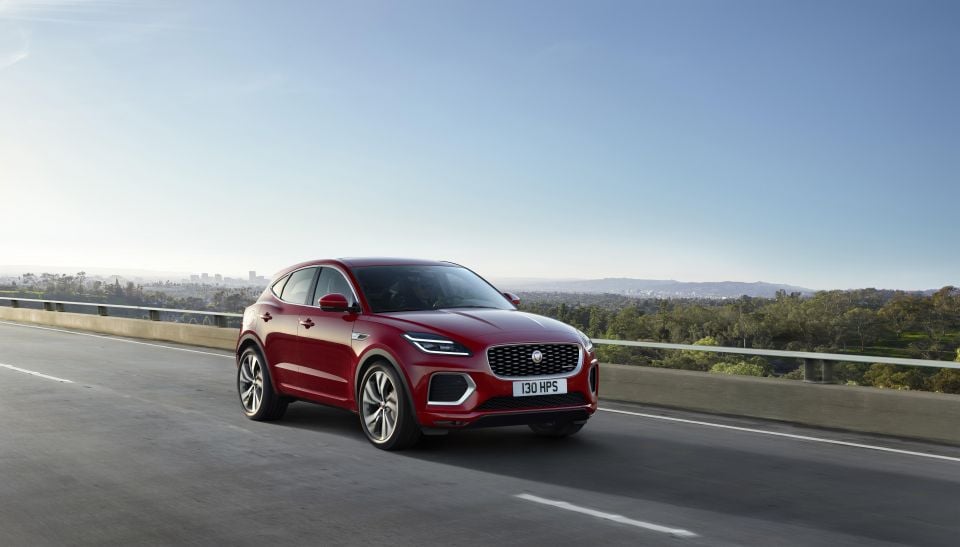
The company traces its roots back to the Swallow Sidecar Company founded in 1922 by Williams Lyons and William Walmsley.
S.S. Cars first used the Jaguar name in 1935, and the corporate identity was changed in 1945.
British Motor Corporation bought Jaguar from Lyons, who was by then sole owner, in 1965. The luxury carmaker was under government control from 1975 when British Leyland was nationalised.
In 1984 the Thatcher government separated Jaguar from the rest of British Leyland and privatised it separately.
Snapped up by Ford in 1999, the company was able to modernise its lineup, but also suffered the indignity of the Mondeo-based X-Type.
As Ford offloaded businesses as it tried to stave off bankruptcy both Jaguar and Land Rover, then part of its Premier Automotive Group, were sold to Tata in 2008 ahead of compatriot Mahindra & Mahindra.
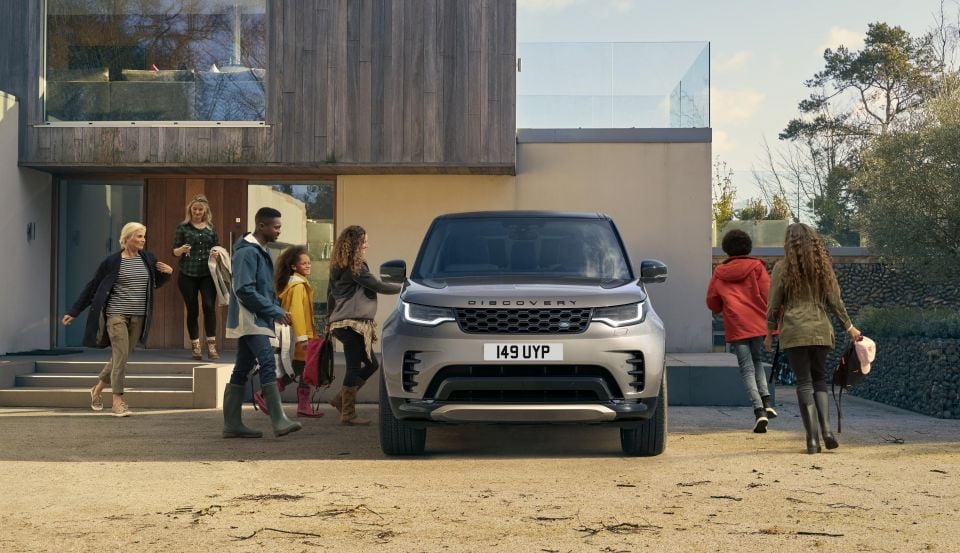
Rover began making the Land Rover series — later badged as the Defender — in 1948.
Leyland bought Rover in 1967, and a year later the automaker merged with British Motor Holdings to become British Leyland, which was nationalised in 1975.
In 1978 Land Rover became its own company, although it was still a part of British Leyland. Later renamed the Rover Group, the automaker was sold by the government to British Aerospace in 1988.
BMW bought Rover and Land Rover in 1994, but after suffering years of losses it decided to bail on its English patient. The German firm kept Mini, while MG and Rover were given to the Phoenix Consortium for a nominal £10, and Land Rover sold to Ford.
As noted above, Jaguar and Land Rover were sold as pair to Tata in 2008.
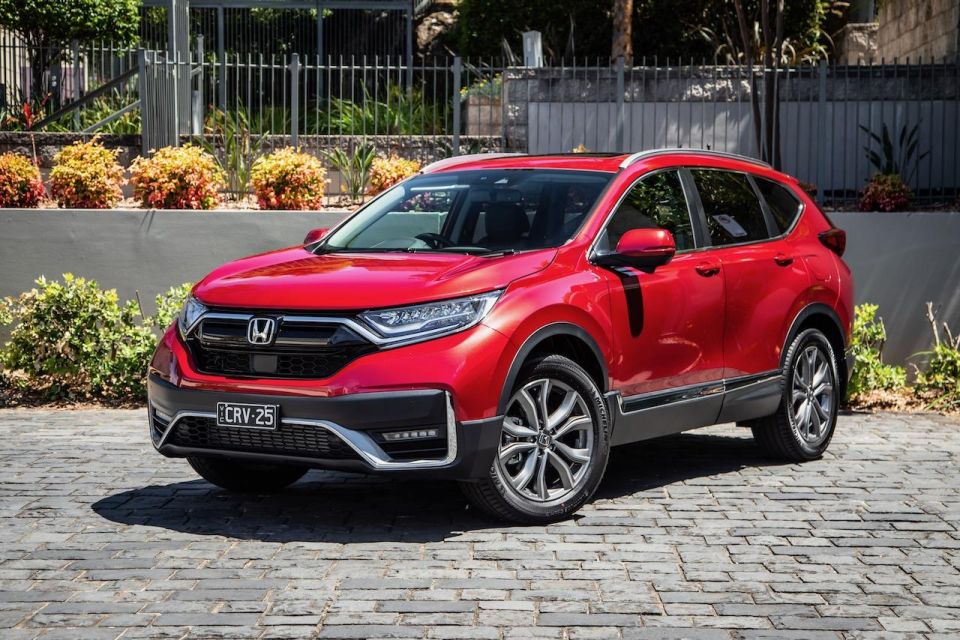
Car brands: Honda, Acura
Unlike other Japanese automakers, Honda was started in 1946 as a motor vehicle manufacturer. Although it only made motorcycles until 1963, it grew from strapping surplus motors onto bikes to become a dominant force on the motorbike scene.
Unusually for a major automaker it hasn’t taken over another manufacturer, although it did purchase a 20 per cent stake in Austin Rover in the early 1980s as the two companies collaborated on a range of models to be made in the UK and sold throughout Europe.
When BMW bought the majority of the Rover Group in 1994, Honda offloaded its share to the German firm.
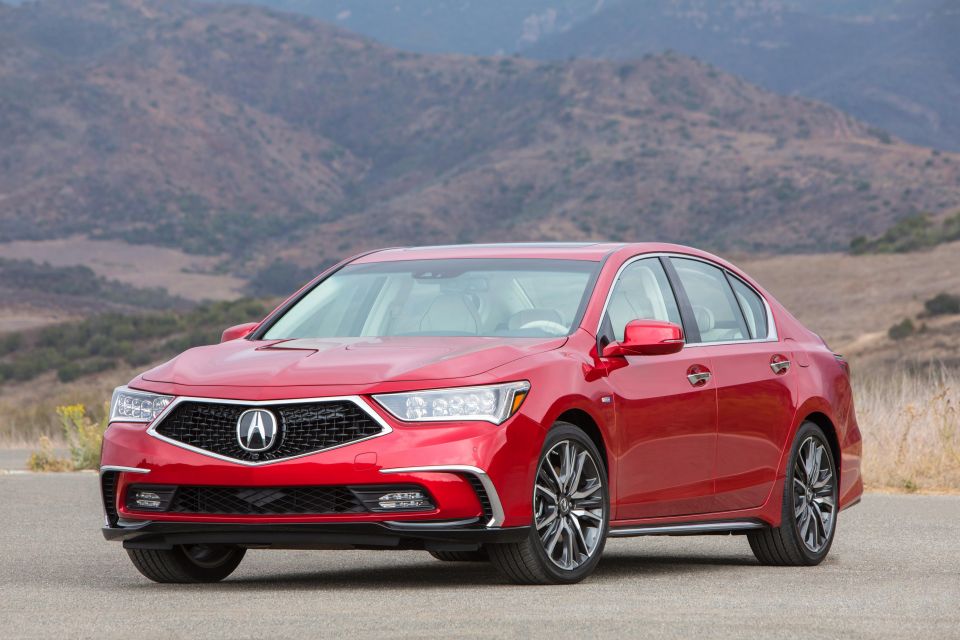
Acura was launched in 1986, meaning Honda was the first Japanese manufacturer to start a separate luxury brand in the USA, beating Lexus and Infiniti to the market by three years.
While Lexus is available throughout most of the world and Nissan has attempted to do the same with Infiniti, Honda has been more cautious with Acura.
Currently it is primarily available in the USA, Canada, Mexico and China. Plans to introduce the brand to Japan have been shelved indefinitely.
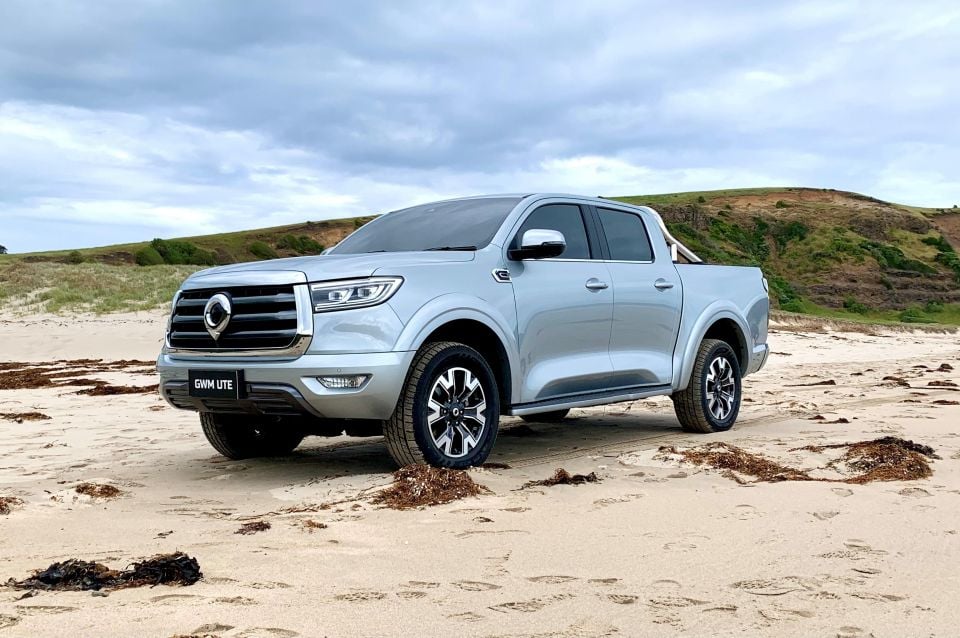
Car brands: GWM, Haval, Wey, Ora
Established in 1984 as a private firm, Great Wall has been most successful with its utes and SUVs.
From around 2013 the company began using the Haval marque for its main-line SUVs and crossovers.
Starting this year with its new ute it will use the GWM brand instead of Great Wall
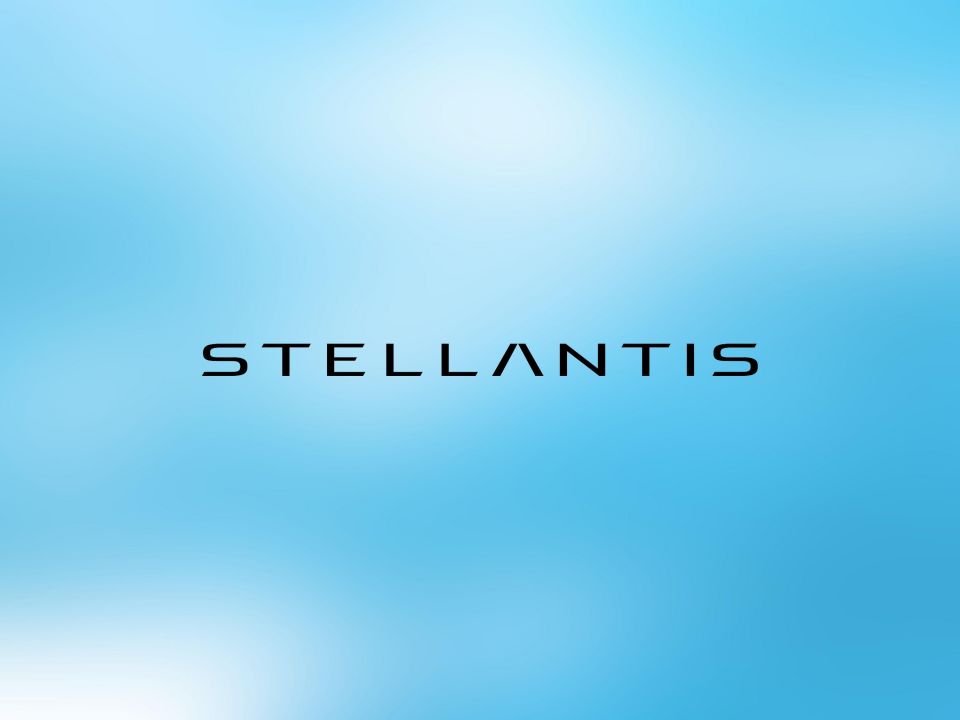
Early in 2019, Fiat Chrysler (FCA) reached a tentative agreement to merge with Renault, but this fell apart because the French government wanted Nissan’s explicit approval.
Later in the year, FCA decided to jump into bed with cross-town rival PSA Group. Although it is billed as a merger of equals, legal documentation in Europe lists PSA as acquiring FCA.
Although each company will appoint five members to the Stellantis board of directors, the current PSA CEO will run the new company, and will be the board’s 11th member.
When the transaction is completed, it will see a lot of brands reunited. Fiat briefly held almost 50 per cent of Citroen, and Maserati is a former subsidiary of Citroen.

Car brands: Fiat, Lancia, Alfa Romeo, Maserati, Chrysler, Dodge, Jeep, Ram
The Chrysler company traces its roots back to the Maxwell car company, founded in New York in 1904. Encumbered by debt, the firm was taken over by Walter Chrysler who folded it into his newly-created Chrysler Corporation.
In 1998 Daimler-Benz and Chrysler entered a “merger of equals”, which was later revealed to be a takeover by the German firm.
The synergies from the marriage of mass-market and luxury automakers failed to materialise and, coupled with a culture clash, Daimler decided to sell 80 per cent of the American automaker to Cerberus Capital Management in 2007.
The private equity firm bought the automaker at a bad time as the sub-prime mortgage crisis was about to tip the US and the world into a recession.
In 2009, Chrysler filed for bankruptcy and was rushed through Chapter 11 proceedings by US government.
Although the automaker was majority owned by the US government and the United Auto Workers union, the company was to be managed by Fiat, which had a 20 per cent stake and the rights to more a larger share when certain milestones were reached.
The takeover was completed in 2014, and Fiat Chrysler formed as a holding company based in the Netherlands.
Founded in 1900 by the John and Horace Dodge, the automaker rose to be one of the country’s leading automakers, but fell on hard times after the brothers died at either end of 1920.
Chrysler bought the firm in 1928 as it began to pursue a multi-brand strategy like General Motors. In the same year Chrysler also started up the entry-level Plymouth marque and the DeSoto brand to sit between Dodge and Chrysler.
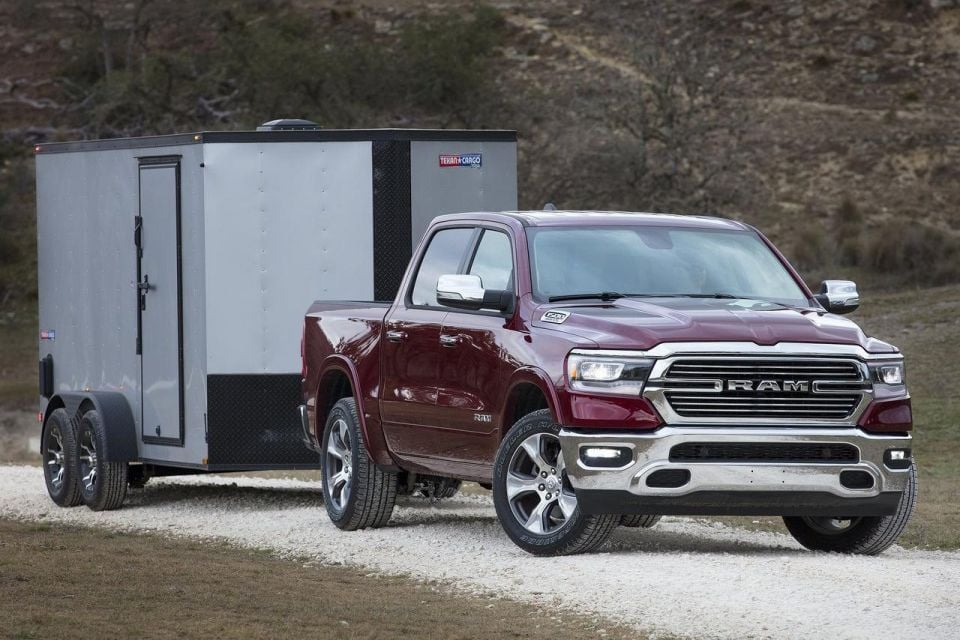
Dodge has used a ram-based logo off and on since the 1930s. The Ram name was first applied to a vehicle with the ute-based 1973 Dodge Ramcharger SUV, and then the 1980 Dodge Ram pickup truck.
When Marchionne’s Fiat took effective control of Chrysler in 2009, the company began the process of splitting off the pickup truck and commercial vehicle business off from Dodge and into the new Ram brand.
The outspoken CEO also tried to turn the SRT division, responsible for creating hotter versions of Chrysler Group products, into its own brand with the third-generation Viper initially sold under the marque.
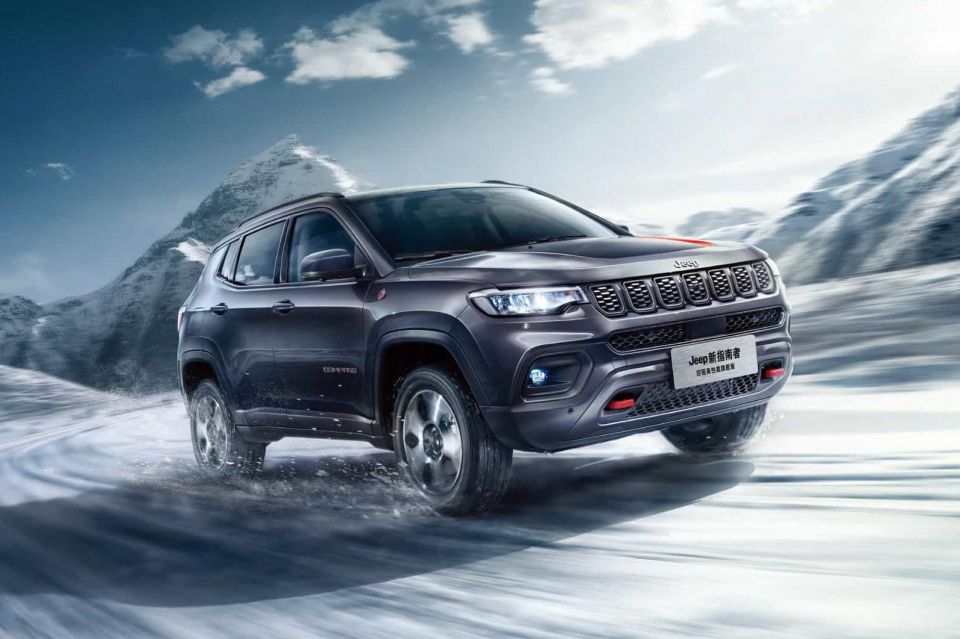
Willys — later Willys-Overland — was founded in 1908 and although it found early success, it struggled through the next thirty odd years until World War II.
Using a modified design from the American Bantam Car Company, Willys-Overland won a contract with the US military for an all-purpose reconnaissance vehicle and came to be known as the Jeep.
Although both Willys and Ford produced the Jeep during the war, only Willys continued production after hostilities were concluded.
Kaiser took over the firm in 1953, and by 1955 the company was down to just making Jeeps. In 1970 the money-losing Jeep division was sold to the American Motors Corporation (AMC).
Despite being able to turn Jeep into a profit centre, AMC was losing money towards the end of the 1970s and was rescued by Renault, which acquired 22.5 per cent of the firm eventually rising to almost 50 per cent by 1983.
Due to continuing losses, seemingly endless rounds of investment, and the assassination of Renault chairman Georges Besse, Jeep and AMC were sold to Chrysler in 1987.
Chrysler created the Eagle brand to sell AMC vehicles developed during the Renault years, but due to slow sales its was discontinued by 1998.
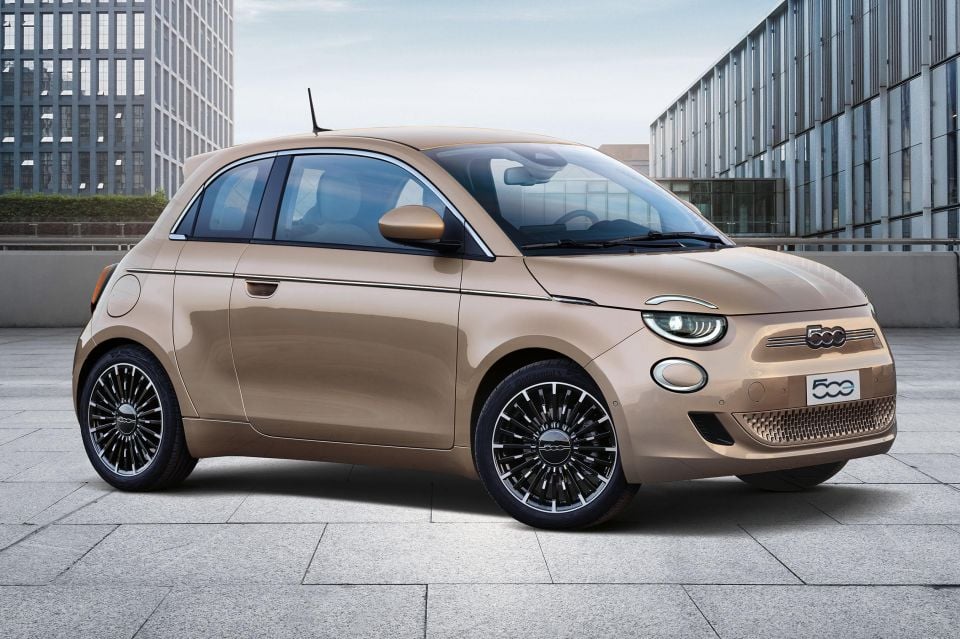
Giovanni Agnelli founded Fiat in Turin in 1899. His family, through its Exor holding company, still owns 28.5 per cent of Fiat Chrysler’s shares and controls 44.4 per cent of its voting rights.
The Agnellis have continued to play an active role in the firm though the years, including Giovanni Agnelli’s great-grandson John Elkann who serves as FCA’s chairman.
In 1999 GM bought a 20 per cent stake in Fiat as the two parties agreed to work together on vehicle platforms, diesel engines, and other cost-saving measures.
The deal included a “put option” compelling GM to buy Fiat in 2004 if the Italian company decided to enforce the agreement. At the time GM was struggling to turn its Opel/Vauxhall unit around, and Fiat was losing billions of euros per year.
Thanks to the strong arm tactics of new Fiat CEO Sergio Marchionne, The General agreed to pay US$2 billion to kill the put option and end their alliance.

Vincenzo Lancia and Claudio Fogolin started Lancia in 1906.
The company earned a reputation for innovation thanks to its early adoption of V6 and V4 engines, a five-speed transmission, and independent suspension.
Despite this, the company was losing significant amounts of money by the late 1960s. In 1969 Fiat bought Lancia, and gave it the backing it needed for a second golden era which culminated with rally victories and Delta Integrale.

Established in 1910 by Ugo Stella as Anonima Lombarda Fabbrica Automobili or ALFA, the automaker had a strong focus on racing.
In 1915 Nicola Romeo, an engineer and businessman who also owned train building firms, bought a majority stake in the company and took full control in 1918
He directed the company to produce engines and vehicle components to aid Italy’s efforts in World War I. Sports and luxury car production resumed after the war, and Romeo added his surname to the company.
Although the company was well regarded, it was weighed down by a high level of debt and was purchased by the Institute for Industrial Reconstruction, a department of Mussolini’s fascist government.
After World War II, Alfa was remained as a state-owned company. Although it was still active in racing, its status meant it also had to produce more affordable vehicles.
It was also directed to invest in the country’s impoverished south, which led to the development of the Alfa Sud, literally Alfa South.
With an ageing range, falling sales, and widespread worker unrest, the Italian state sought to offload Alfa in 1986. Although Ford was in the running, Fiat was willing to offer job guarantees and a full takeover.
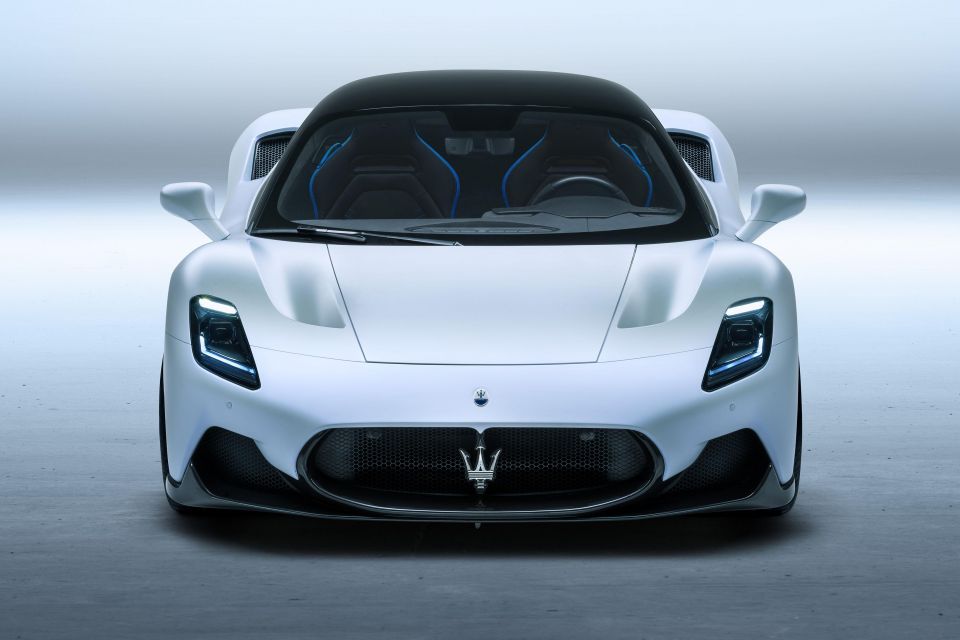
The Maserati brothers founded started their car repair workshop in 1914, but it wasn’t until 1926 the company produced its first car.
Entrepreneur Adolfo Orsi purchases the company in 1937 and moves the automaker from Bologna to his hometown of Modena.
Orsi sold the firm to Citroen in 1968, with the two companies sharing development of high-end vehicles. As a result the 1970 Citroen SM used a Maserati V6, while the second-generation Maserati Quattroporte had a front-wheel drive platform and hydropneumatic suspension.
The marriage was short lived, though, with an oil crisis pushing Citroen into bankruptcy in 1974.
This time around Maserati’s saviour was the Italian state and Argentine businessman Alejandro de Tomaso. While de Tomaso grew his shareholding in the firm, he also acquired Innocenti and funded the development of the Biturbo range.
In the early 1980s Chrysler bought a small stake in Maserati, which led to the Chrysler TC by Maserati – a front-wheel drive coupe based on a Chrysler platform, but built in Italy by the luxury carmaker.
Fiat first bought into Maserati in 1989, and completed the takeover in 1993. Four years later Ferrari — then still a wholly-owned Fiat subsidary — took a 50 per cent stake and operation control of the brand.
In 2005, Maserati’s focus changed again as it taken away from Ferrari and paired with Alfa Romeo.
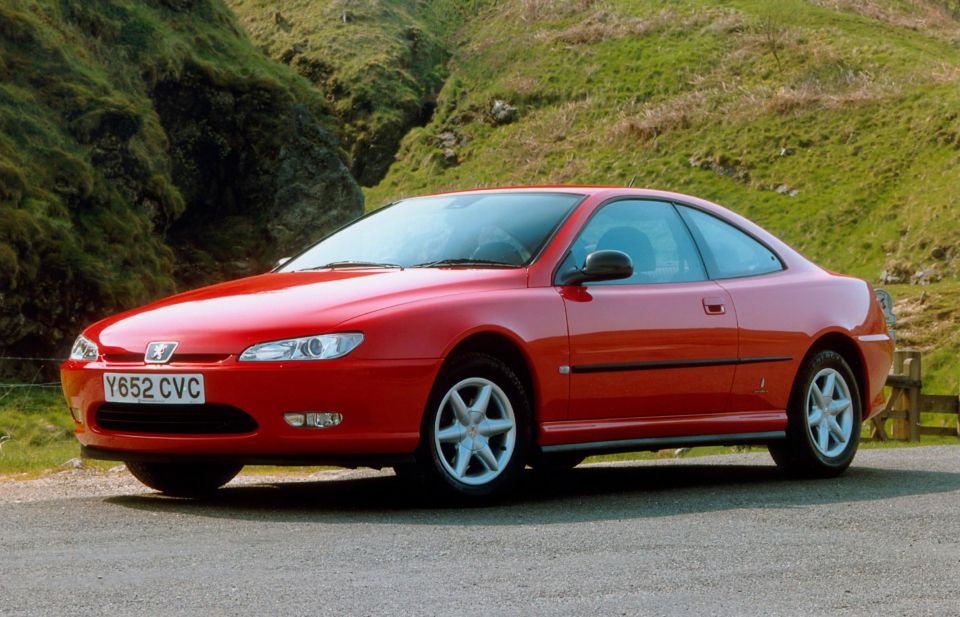
Car brands: Peugeot, Citroen, DS, Opel, Vauxhall
The car company traces its roots back to Peugeot family business which began back in 1810 making coffee mills, later branching out into bicycles. The company began dabbling in automobiles in 1889 before the automaker became its own company in 1896.
Peugeot began to acquire Citroen 1974 at the behest of the French government, and in 1978 it scooped up Chrysler’s European operations, which were made up of the French automaker Simca and UK-based Rootes Group. These ex-Chrysler vehicles were sold under the Talbot brand until 1987.
Even after its disastrous experience with Fiat between 1999 and 2004, GM was looking around for a European partner to help reduce development and production costs at Opel/Vauxhall.
In 2012 it bought seven per cent of Peugeot as part of alliance to, again, share development and production costs. A year later when these savings failed to materialise, GM sold its stake at a loss.
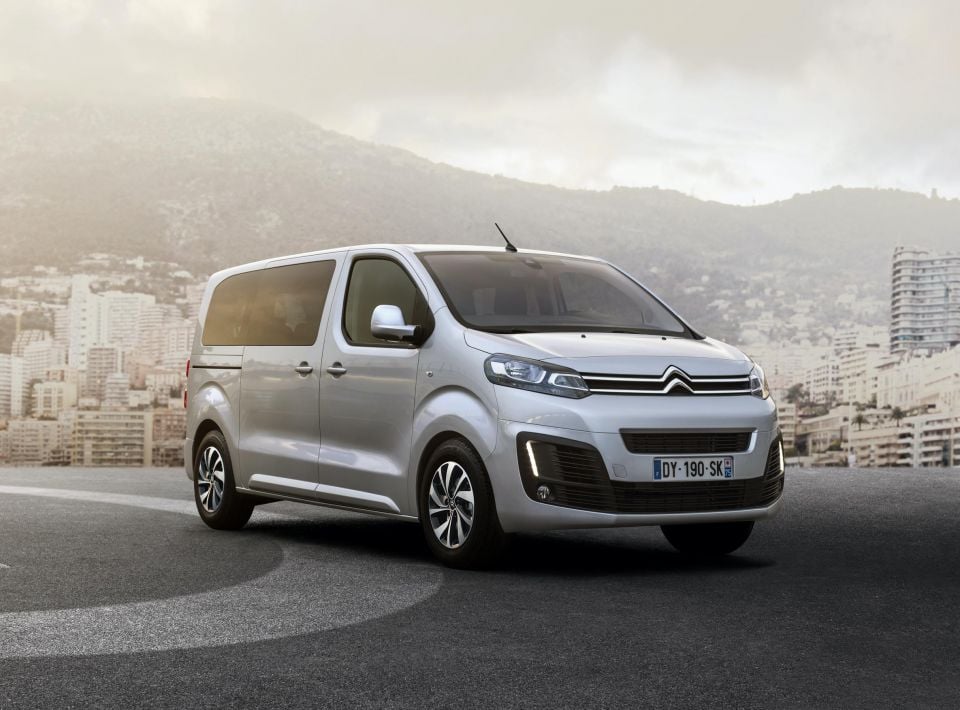
Andre Citroen started his car company out of his armaments factory in 1919. Within months he was close to selling the firm to GM. Officially this deal fell through because GM was already stretched thin by its post-war expansion plans.
In 1934 development costs related to the revolutionary front-wheel Traction Avant bankrupted the automaker. Michelin, one of the company’s key suppliers and creditors, ended up buying the firm.
The early ’60s saw Citroen start a joint venture to develop the Wankel rotary engine with NSU, as well as purchasing carmaker Panhard and truck manufacturer Berliet.
By the late ’60s Michelin was keen to exit the car business and sold 49 per cent of Citroen to Fiat in 1968. The Italian automaker sold its stake back to Michelin just five years later.
Not long afterwards Citroen was bankrupt again. This time the French government engineered a buyout by rival Peugeot, which would see it take almost full control by 1976.
Starting with the DS3 in 2009, Citroen began building a range of more distinctively styled models named after the iconic DS model.
These more expressive models sat at higher price points than the regular C-number range.
Starting in 2012 the company began the process of splitting DS off from Citroen, with China the first market see the two distinct brands.
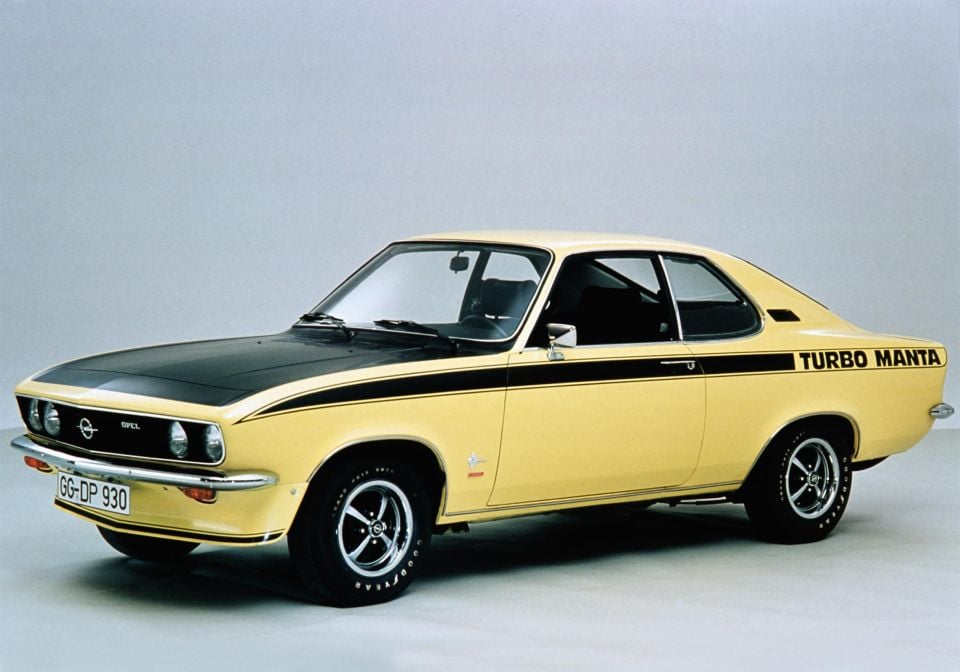
Adam Opel founded his eponymous company in 1862 as a manufacturer of sewing machines. The firm branched out into 1886 in bikes before beginning to dabble in cars in 1899.
After producing Darracq cars under licence, Opel starting making vehicles of its own design in 1909 with mass production kicking off in 1922.
GM purchased a controlling stake in 1929, and completed the takeover in 1931.
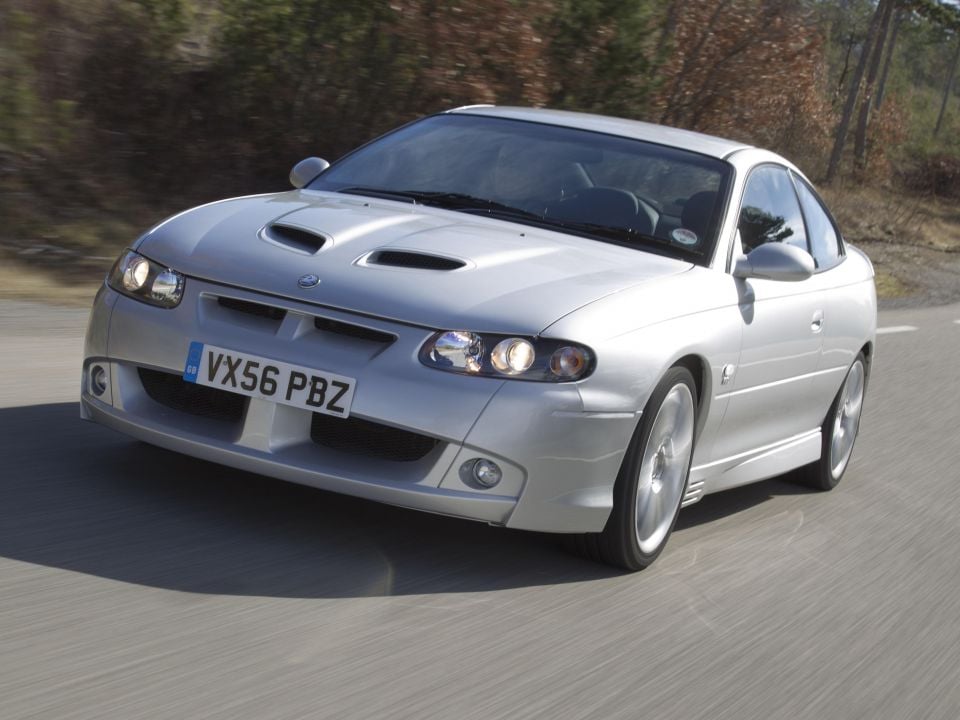
Established by Alexander Wilson in 1857 as a manufacturer of pumps and marine engines, Vauxhall made its first car in 1903.
GM purchased the carmaker in 1925, and the brand began to move downmarket. During its bankruptcy proceedings in 2009, GM was close to selling to Opel/Vauxhall to automotive parts supplier Magna backed by Russian bank Sberbank.
In the end GM pulled the plug on the deal because the European unit was deemed to central to the automaker’s development plans, especially for small cars and fuel-efficient engines.
By 2017, GM had seen enough. After losing money since 2000, Opel and Vauxhall were sold to PSA and turned around within a year.
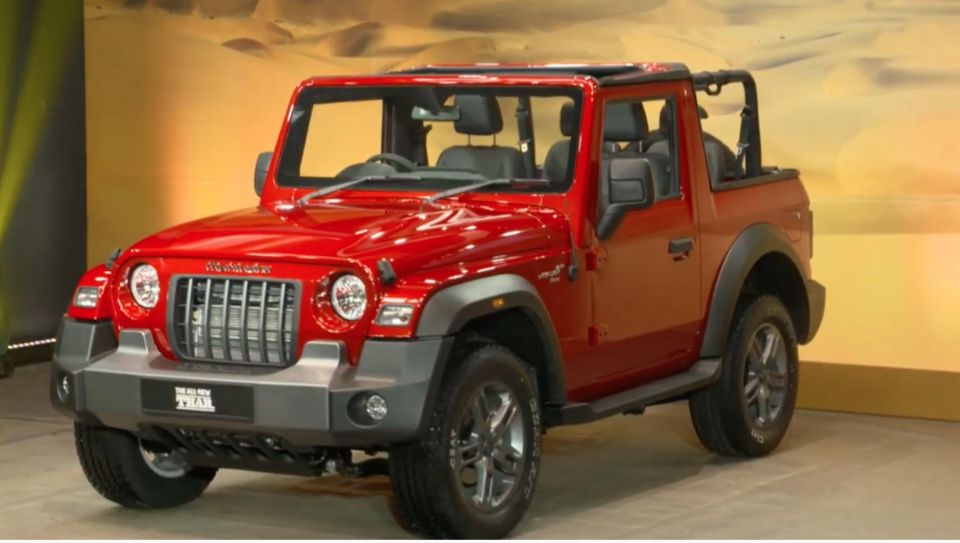
Car brands: Mahindra, SsangYong
The conglomerate started in car making by producing Jeeps under licence in 1948. When India moved to a more open economy in the 1990s, the company began in-house SUV development.
To gain a foothold in the passenger car arena, the company has largely relied on joint ventures with well known foreign brands, first with Renault and in 2019 it bought a controlling stake in Ford of India.
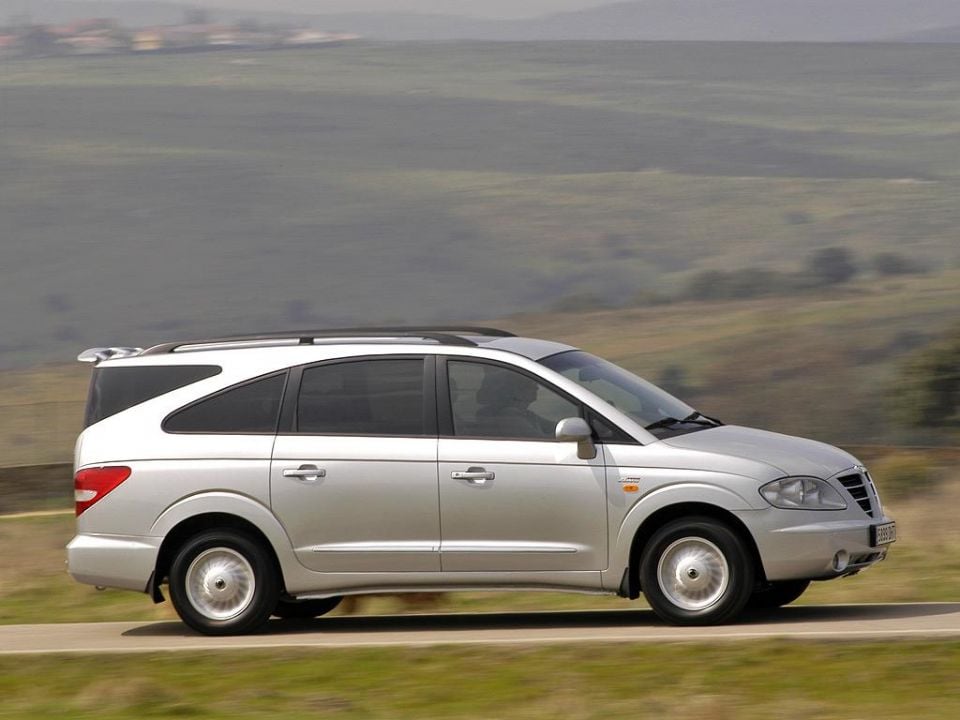
The company’s lineage goes back to the Ha Dong-Hwan Motor Workshop, established in 1956, and Dongbang Motor Company, founded in 1962.
In 1974 the automaker began producing Jeeps under licence. When the right to use the Jeep name was withdrawn in 1984, these vehicles were rebranded as the SsangYong Korando.
Mercedes-Benz took a 5.0 per cent stake in SsangYong in 1993 as part of a technical alliance. This not only saw the German firm’s engines end up vehicles like the Musso and Chairman, but the Musso was also sold by Mercedes-Benz in some markets.
Daewoo bought a controlling stake in 1997, but had to sell within two years as it went bust in the wake of the Asian financial crisis and its own ambitious expansion plans.
In 2004 SAIC bought a majority share in the firm. Citing mounting losses, it placed SsangYong into receivership in 2009. SsangYong employees and the South Korean government accused the Chinese automaker of dumping the company after stealing its intellectual property.
Mahindra was selected as the winning bidder in 2010, and took a 70 per cent stake.
Earlier this year, during the first wave of the COVID-19 pandemic, Mahindra confirmed it was looking to offload the Korean SUV brand.
After giving the subsidiary an injection of ₩40 billion ($50 million), SsangYong was told it needs to “find alternate sources of funding”.
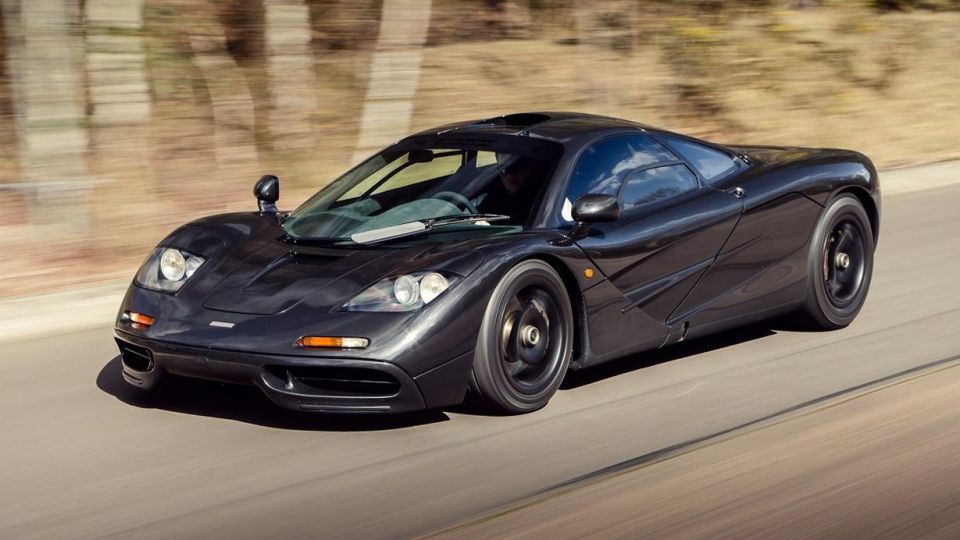
The company traces its history back to Bruce McLaren racing team established in 1963. The current incarnation was established in 1981 when team principal Ron Dennis bought the F1 team.
With the backing of TAG owner Mansour Ojjeh, the team enjoyed on-track success and was able to put the iconic McLaren F1 road car into production in 1992.
It was a decade before there was another McLaren-branded road car with the Mercedes-Benz SLR McLaren hitting the streets in 2003. During development, DaimlerChrysler had a 40 per cent stake in the company.
After the two firms went their separate ways, McLaren started developing its own line of mid-engine supercars.
Ron Dennis left McLaren and sold his stake in 2017. Currently the majority shareholder is the Bahrain sovereign wealth fund.

Fiat bought half of Ferrari in 1969 and took its holding up to 90 per cent in 1988 with the remaining portion held by Piero Ferrari, founder Enzo’s only living son.
In 2015, Fiat Chrysler (FCA) floated 10 per cent of Ferrari on the New York Stock Exchange raising US$893 million ($1.2 billion).
Then in 2016 the divestment was completed with FCA distributing its 80 per cent stake to its current shareholders.
Although Fiat Chrysler no longer has any direct ties with Ferrari, the Agnelli family is the largest shareholder in both FCA and Ferrari.
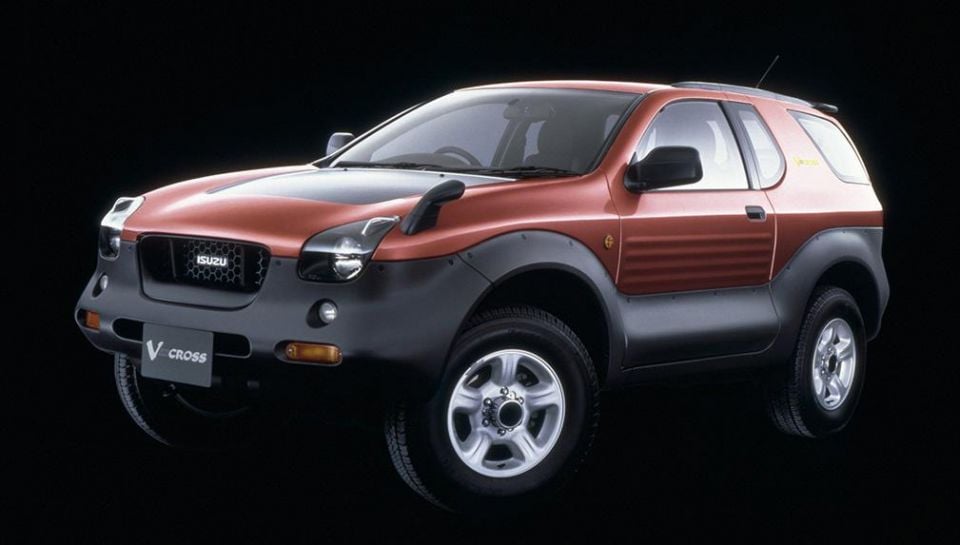
GM began its partnership with Isuzu in 1971. Starting out with a minority shareholding, GM upped its stake to 49 per cent in 1999. This was reduced to 12 per cent in 2003, and eliminated altogether in 2006.
Later the same year, Toyota bought a small stake in Isuzu after the two automakers signed a deal to jointly develop small diesel engines. Toyota sold its shareholding in 2018.
Over the course of almost 50 years, GM and Isuzu collaborated on many cars and commercial vehicles together, a lot of which were sold by GM under its own brands, including the Holden Gemini, Piazza, Jackeroo, and Rodeo.
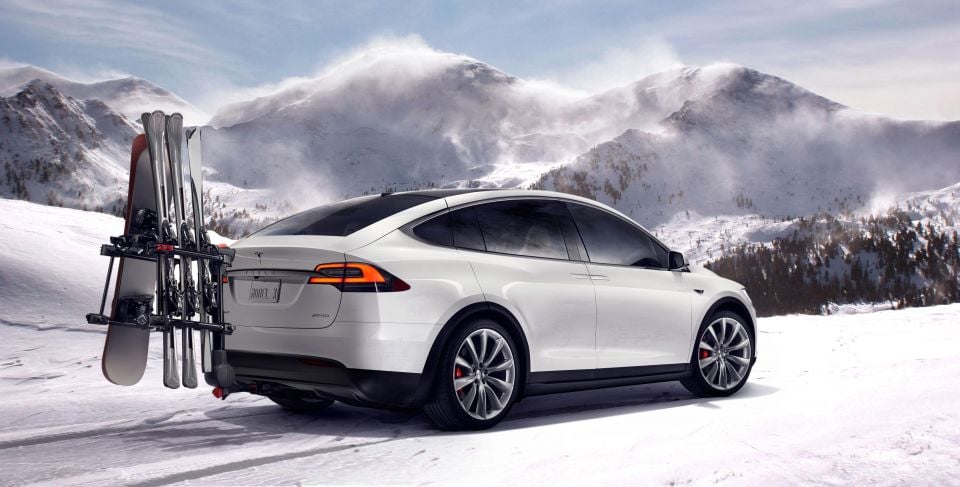
Founded in 2003 by Martin Eberhard and Marc Tarpenning, Tesla has worked with Toyota and Daimler in the past.
Starting in 2007, Daimler and Tesla worked on a number of joint projects, including electric versions of the A-Class, B-Class, and Smart ForTwo.
The German firm also purchased a 10 per cent stake for roughly US$50 million which it sold five years later for a reported US$780 million.
The electric carmaker bought its Fremont factory from Toyota in 2010, and the two companies also worked together on the RAV4 EV. As part of their collaboration Toyota held a three per cent stake in Tesla, which it had sold by 2016.
Derek Fung would love to tell you about his multiple degrees, but he's too busy writing up some news right now. In his spare time Derek loves chasing automotive rabbits down the hole. Based in New York, New York, Derek loves to travel and is very much a window not an aisle person.


Damion Smy
7 Hours Ago
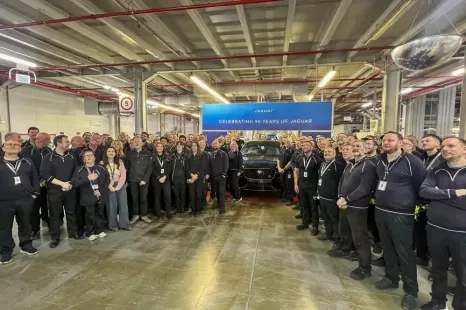

Damion Smy
10 Hours Ago
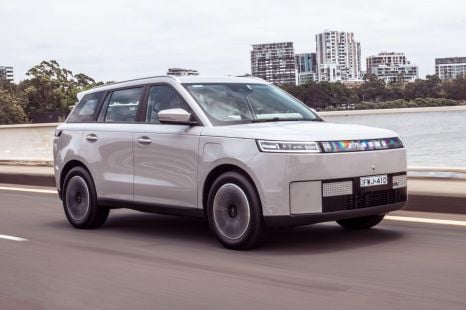

Josh Nevett
12 Hours Ago


Josh Nevett
12 Hours Ago
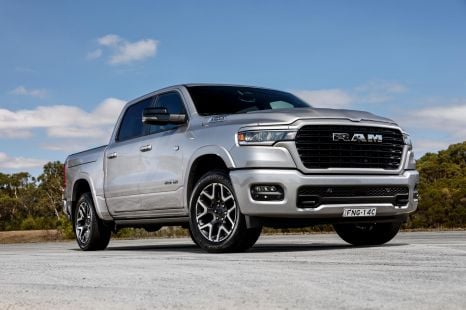

Damion Smy
13 Hours Ago
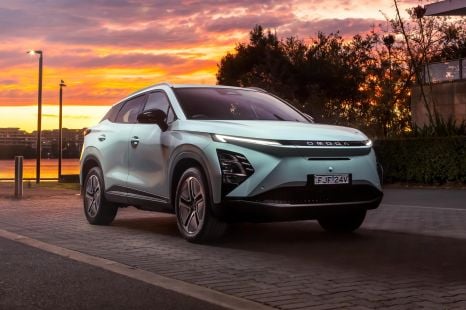

CarExpert.com.au
13 Hours Ago